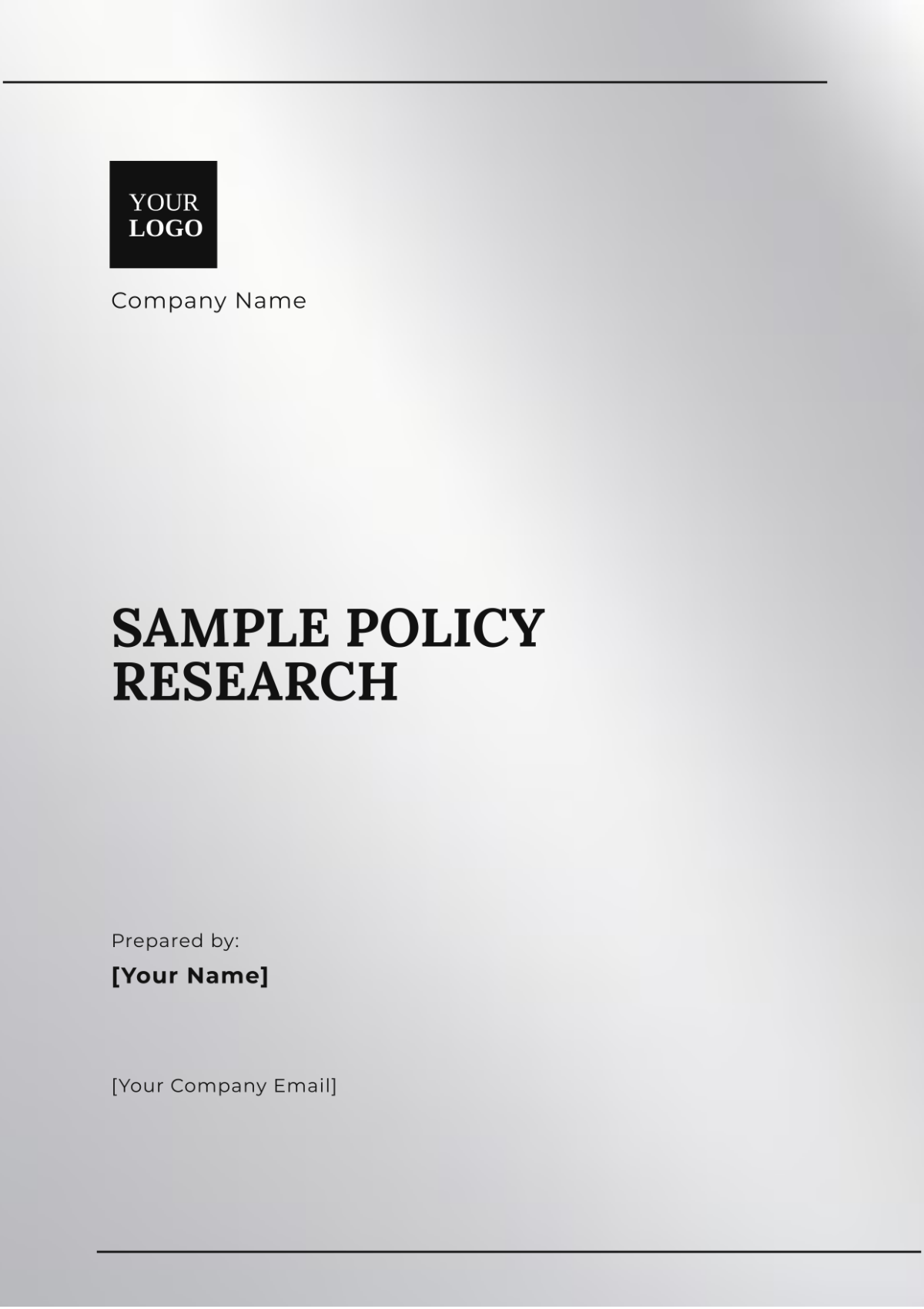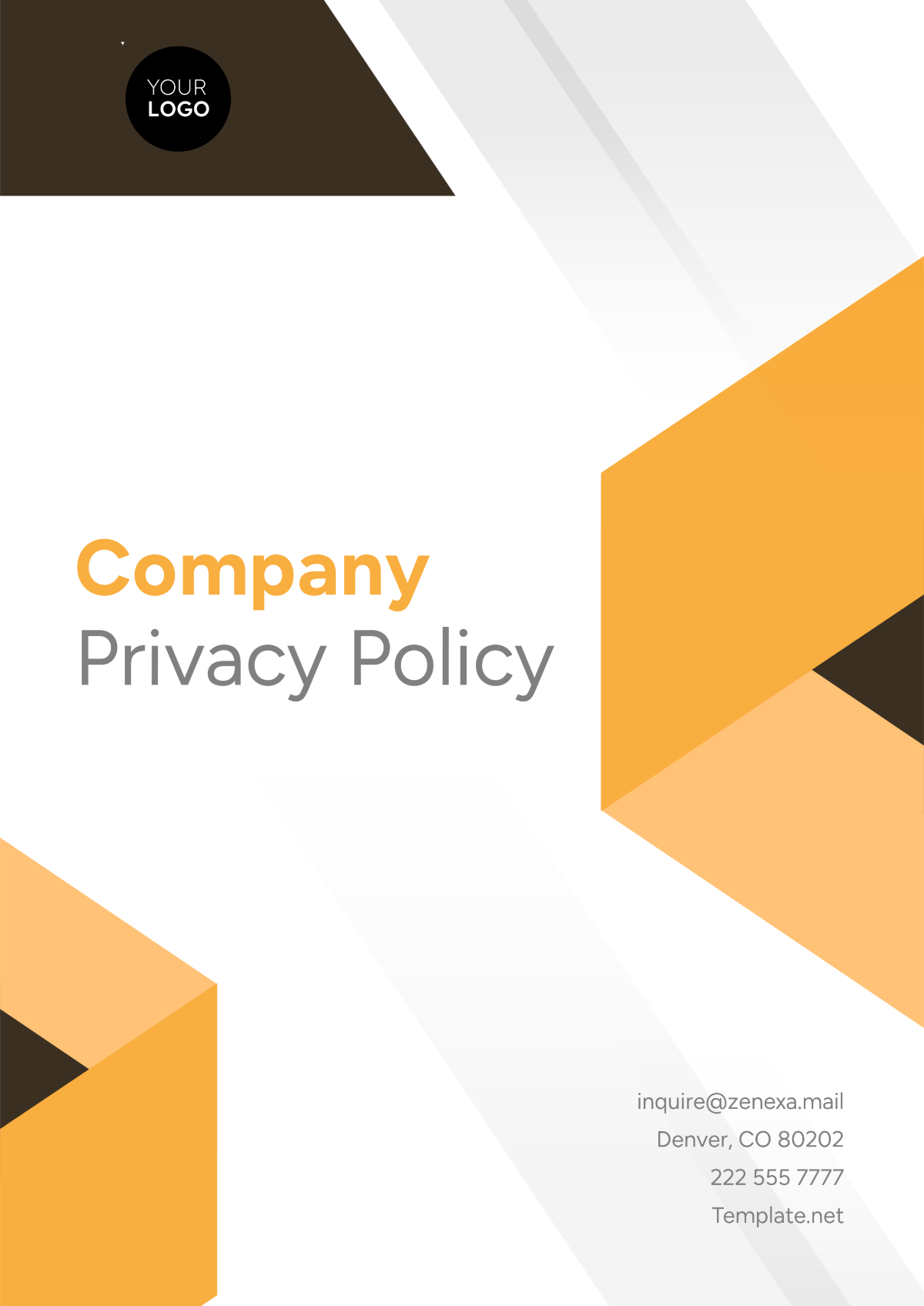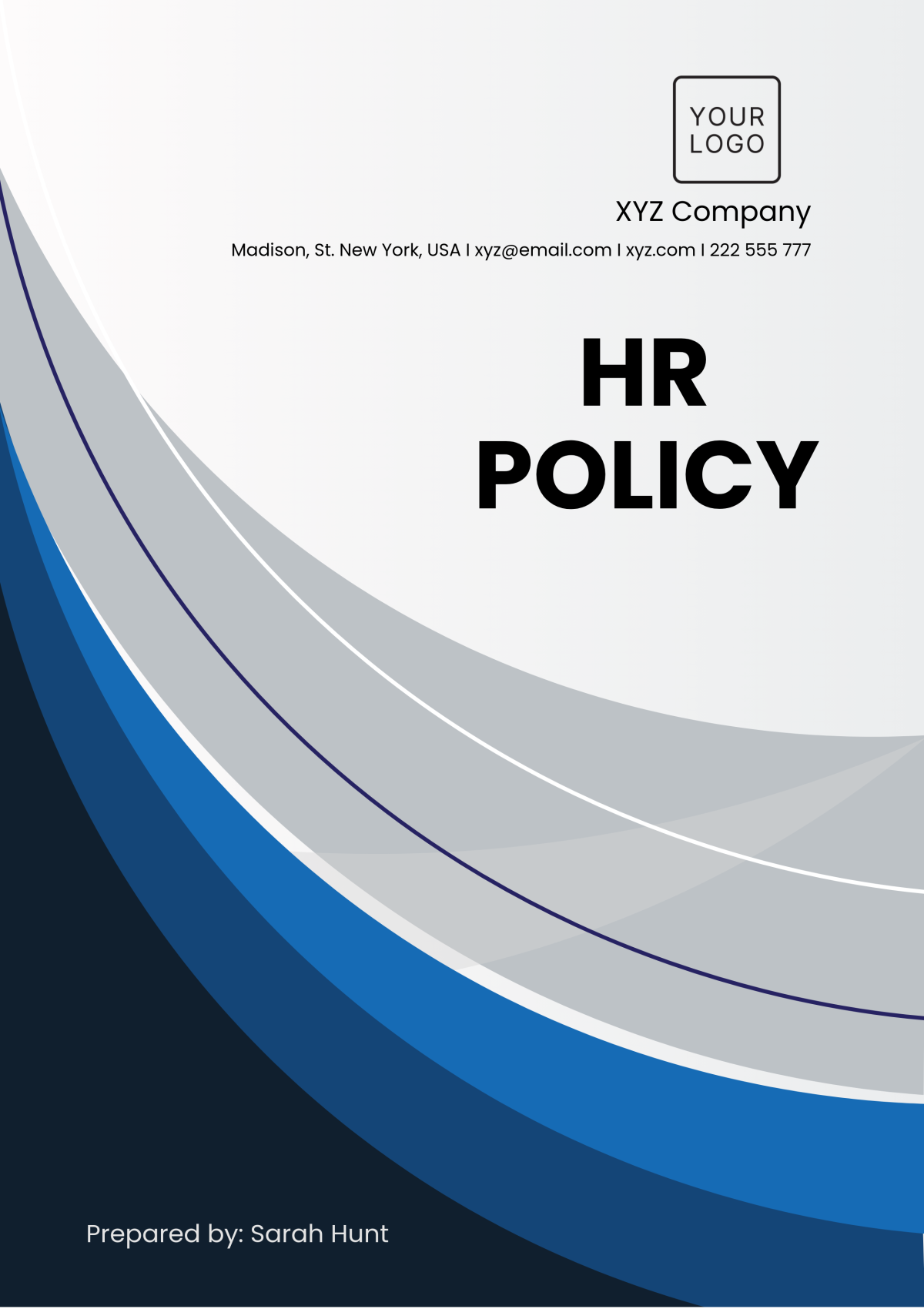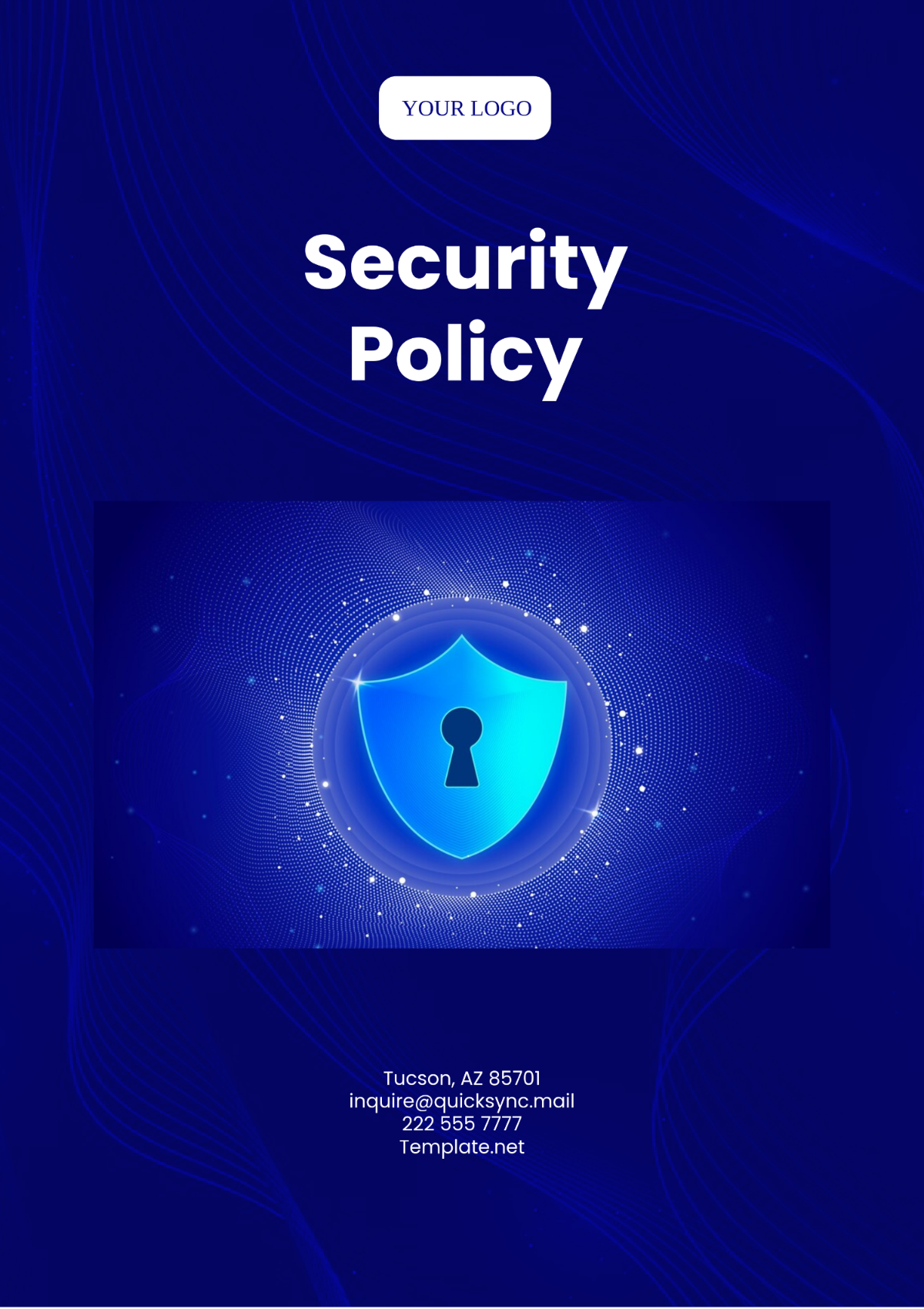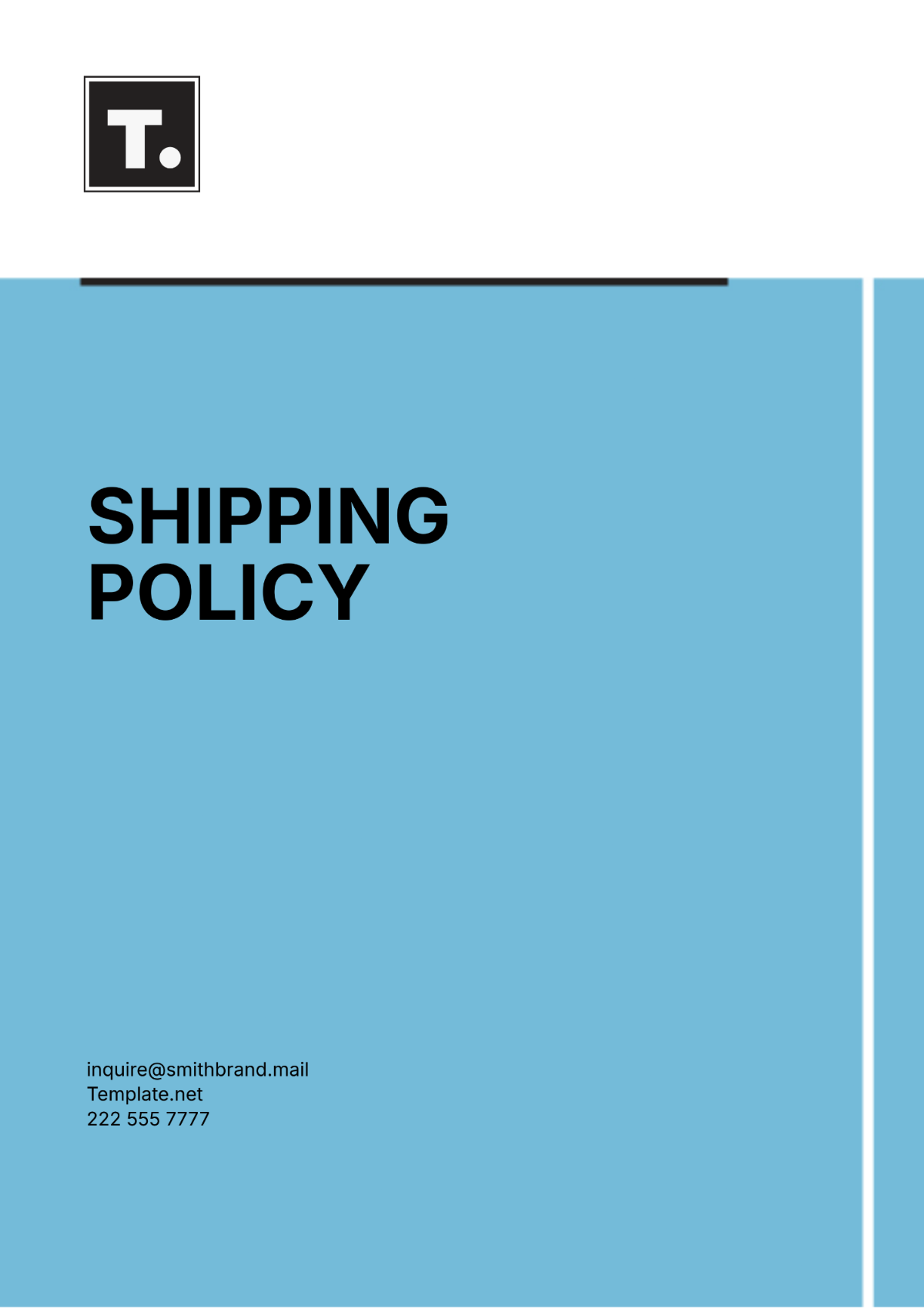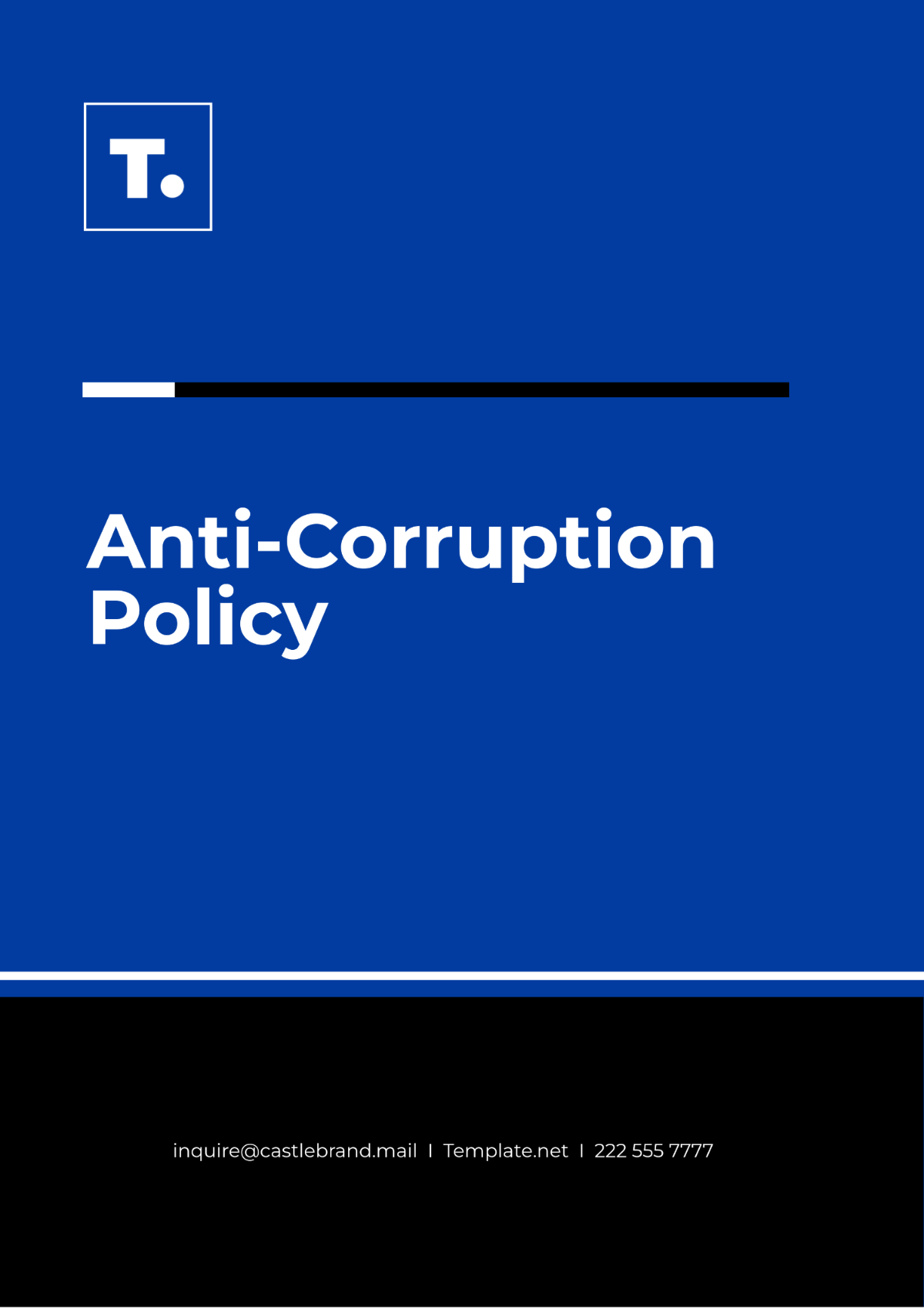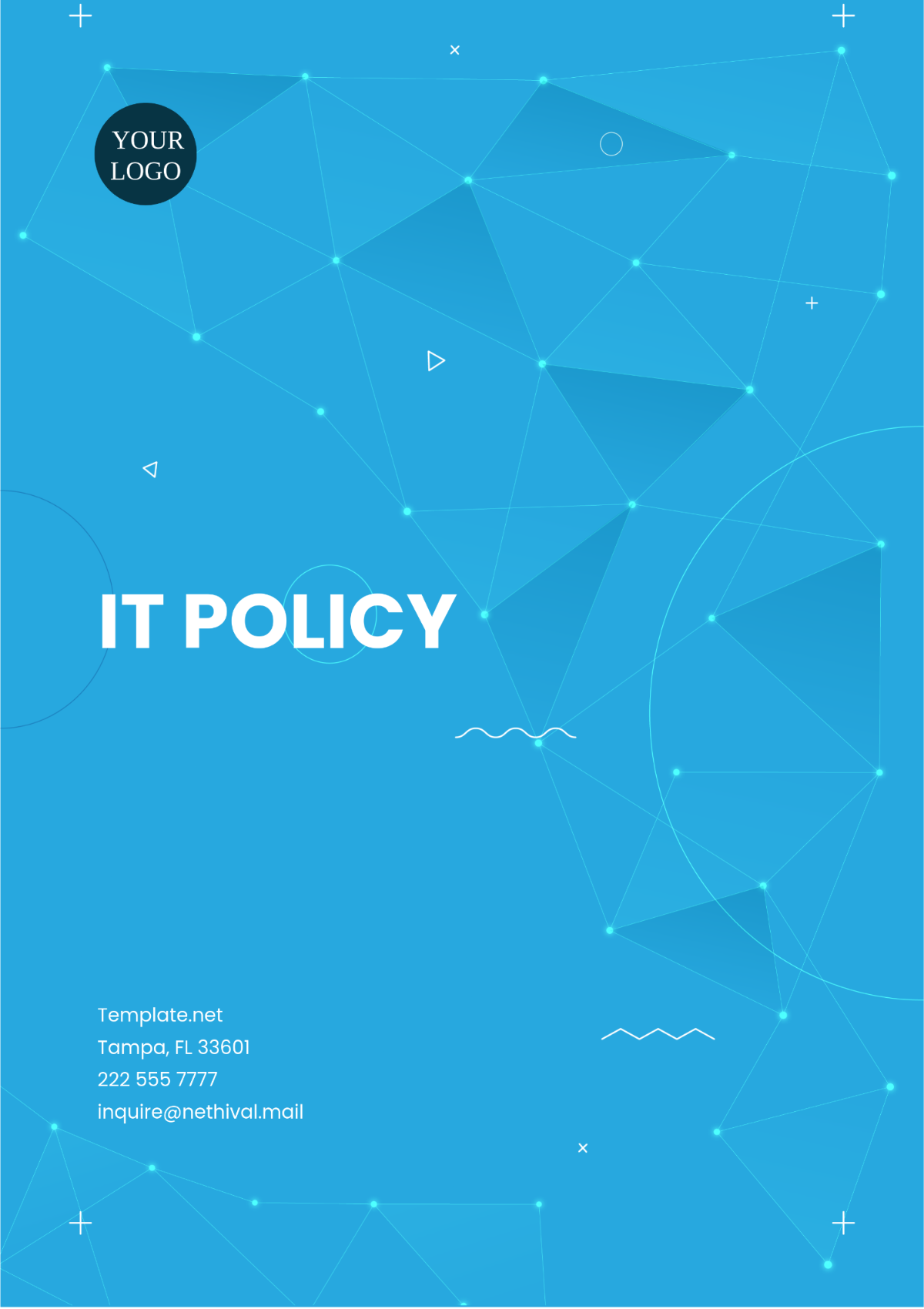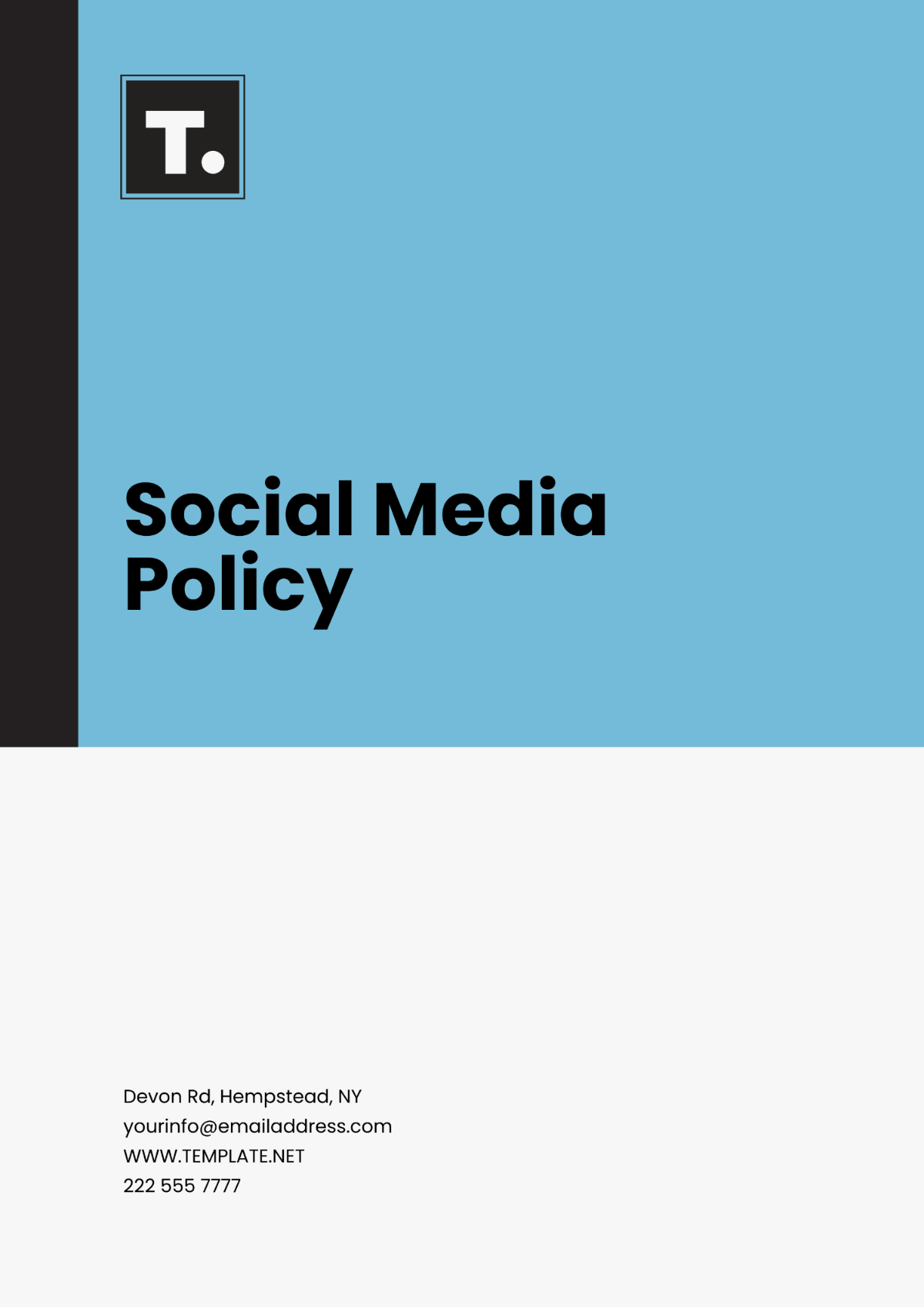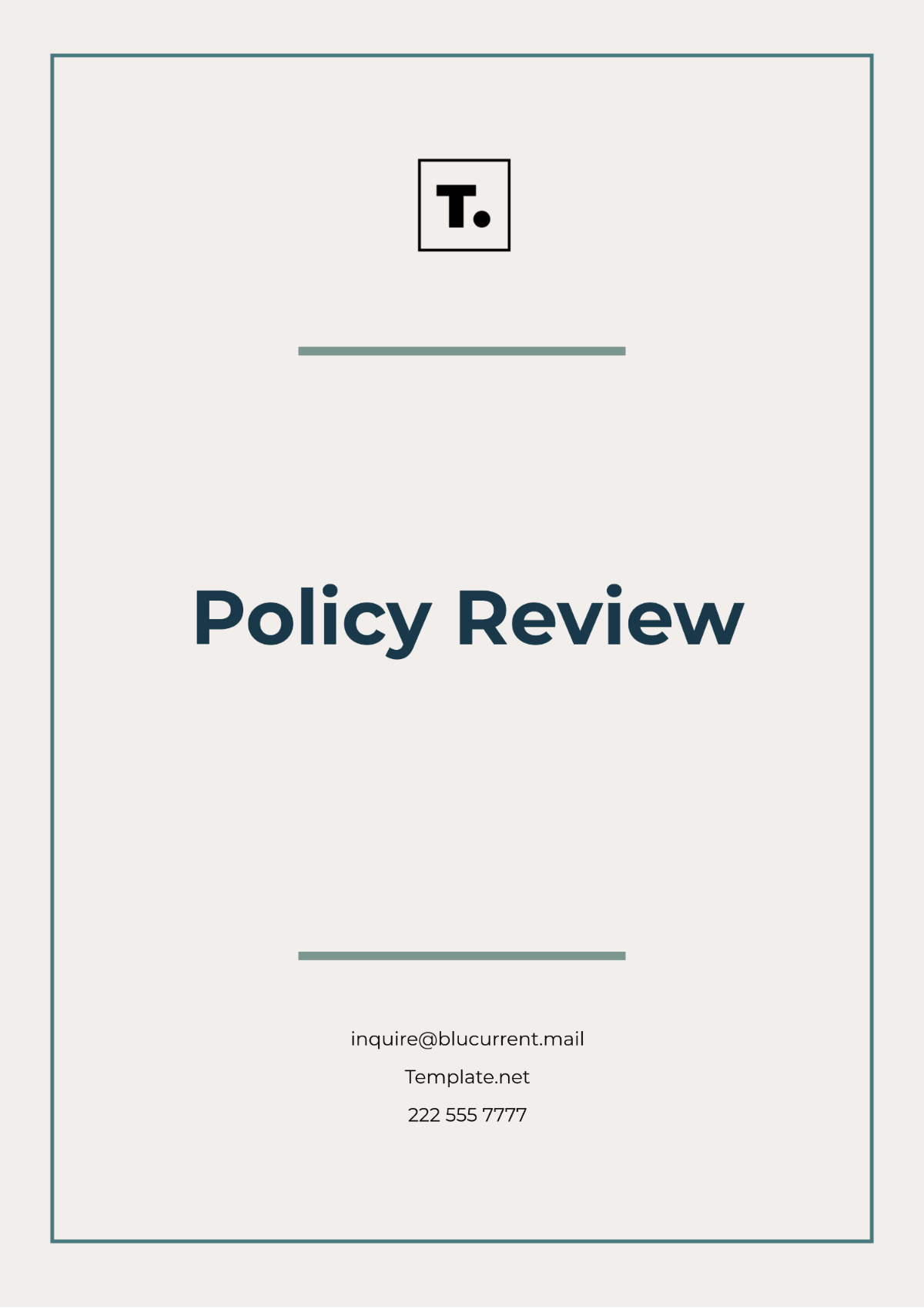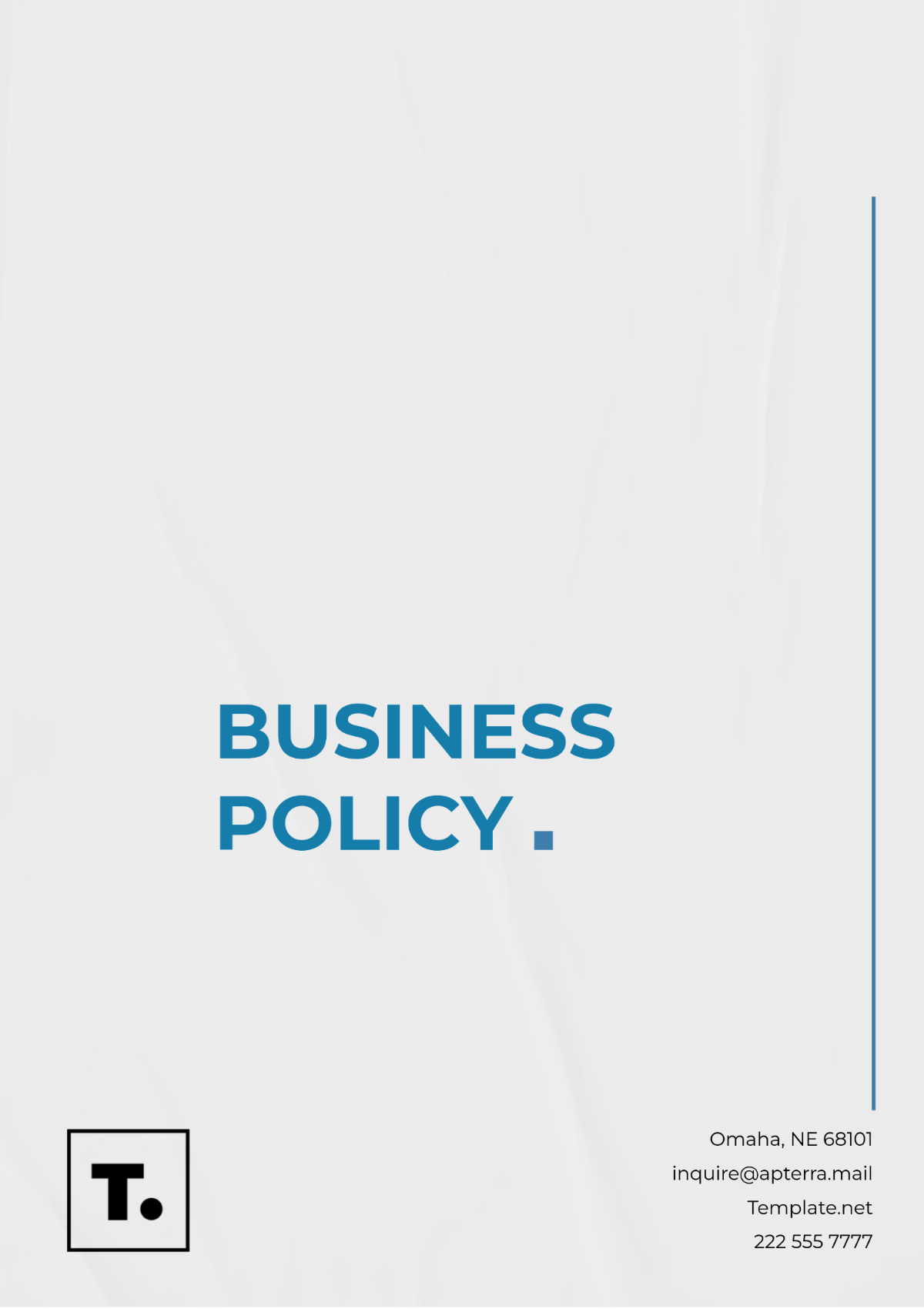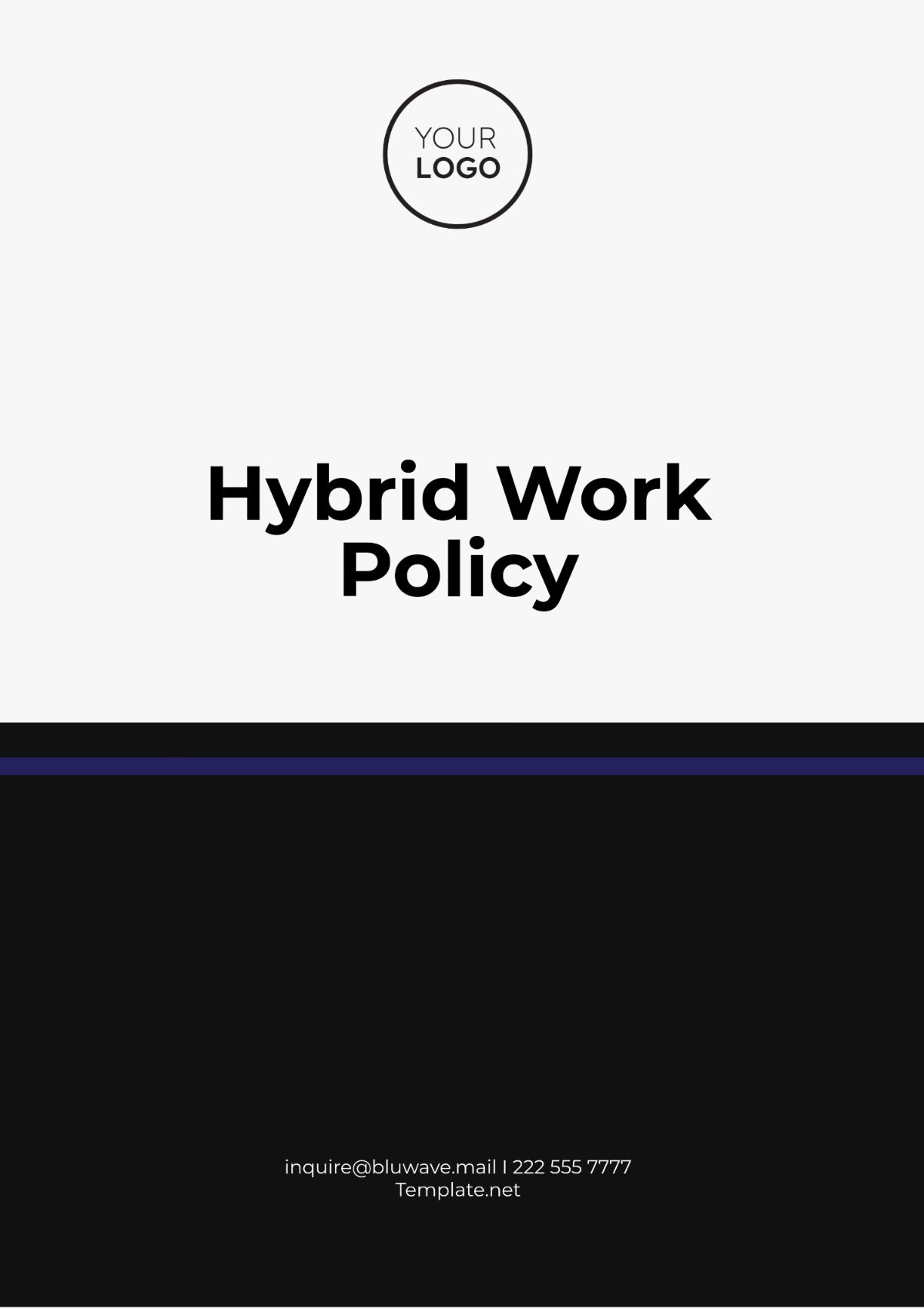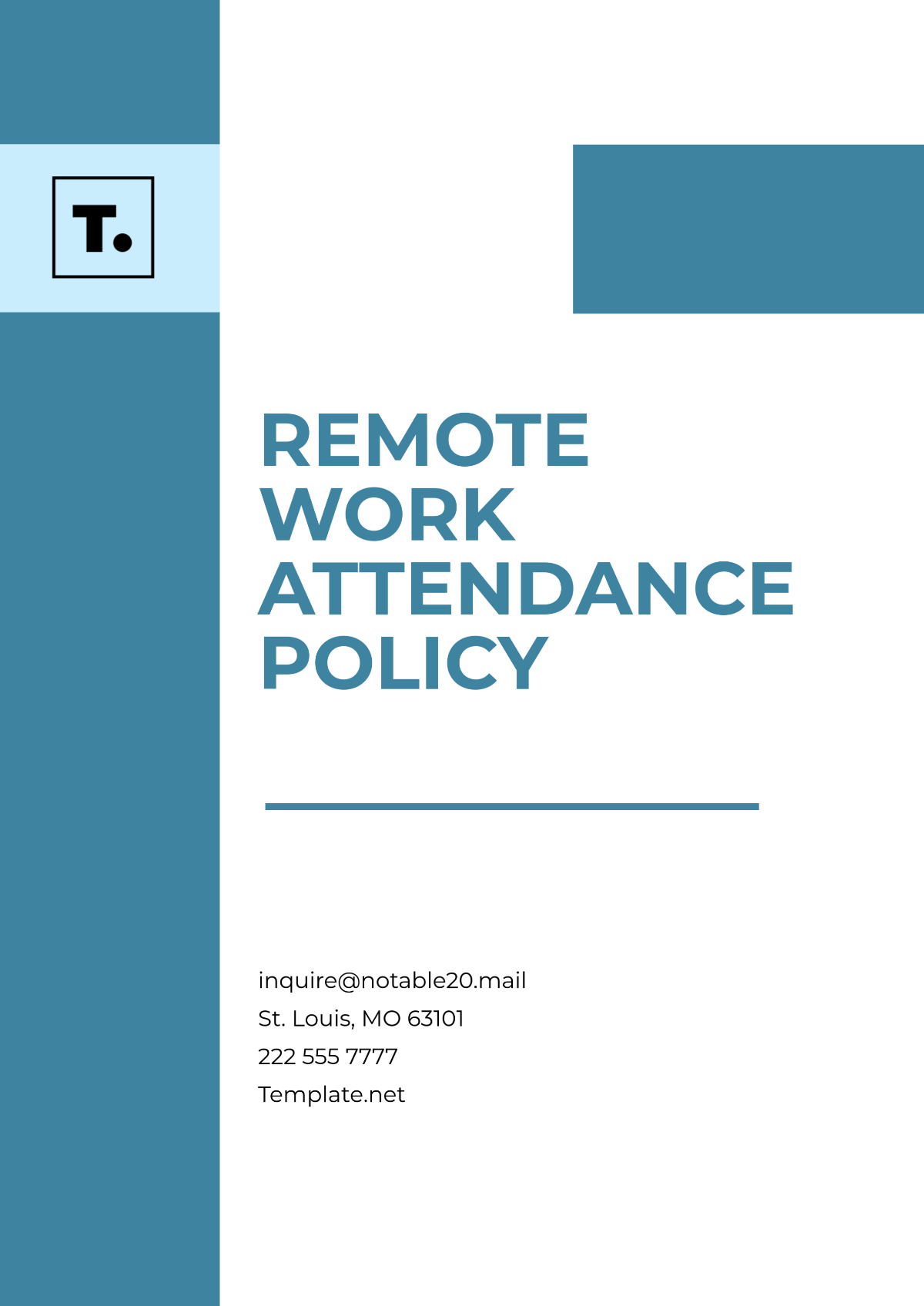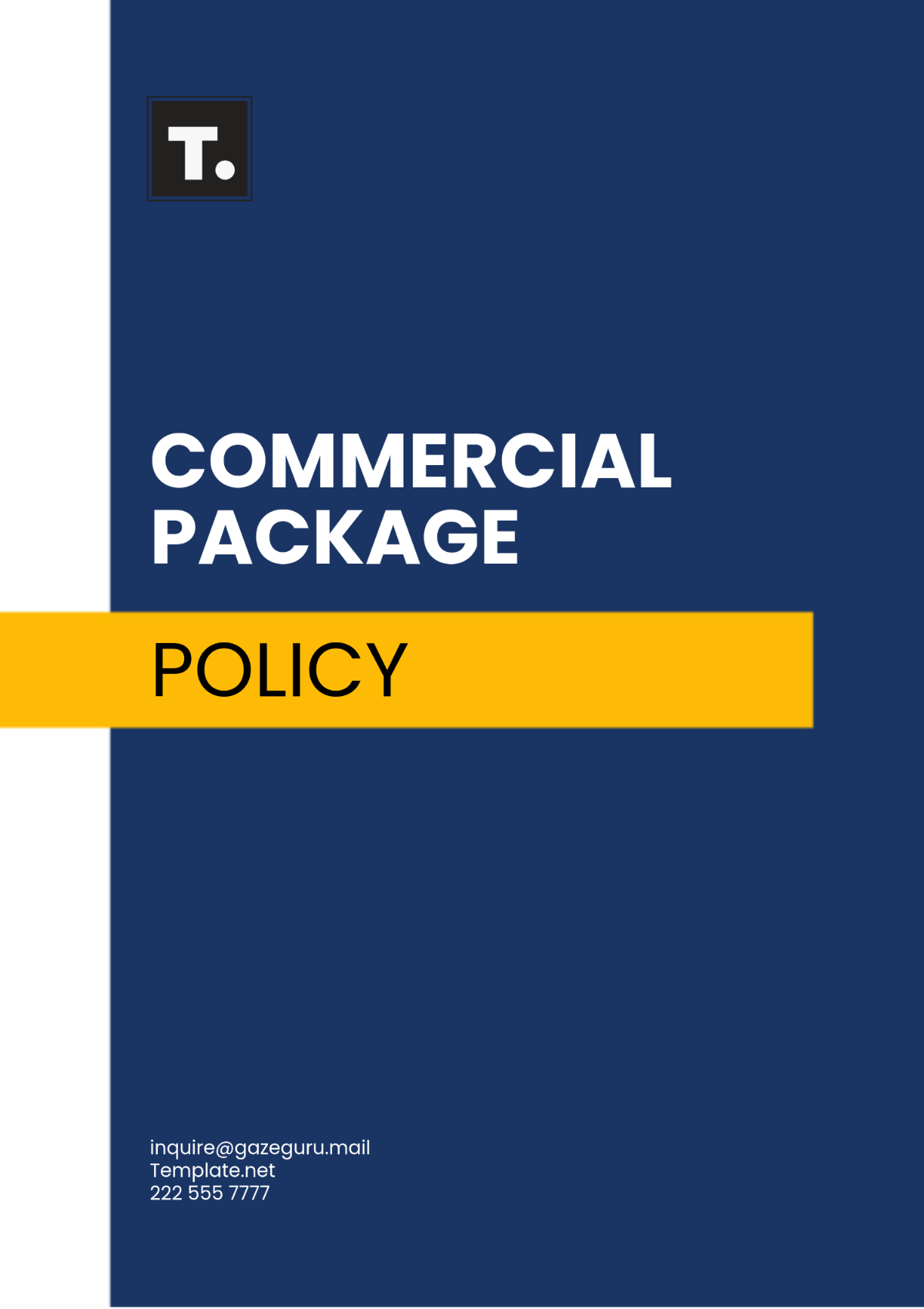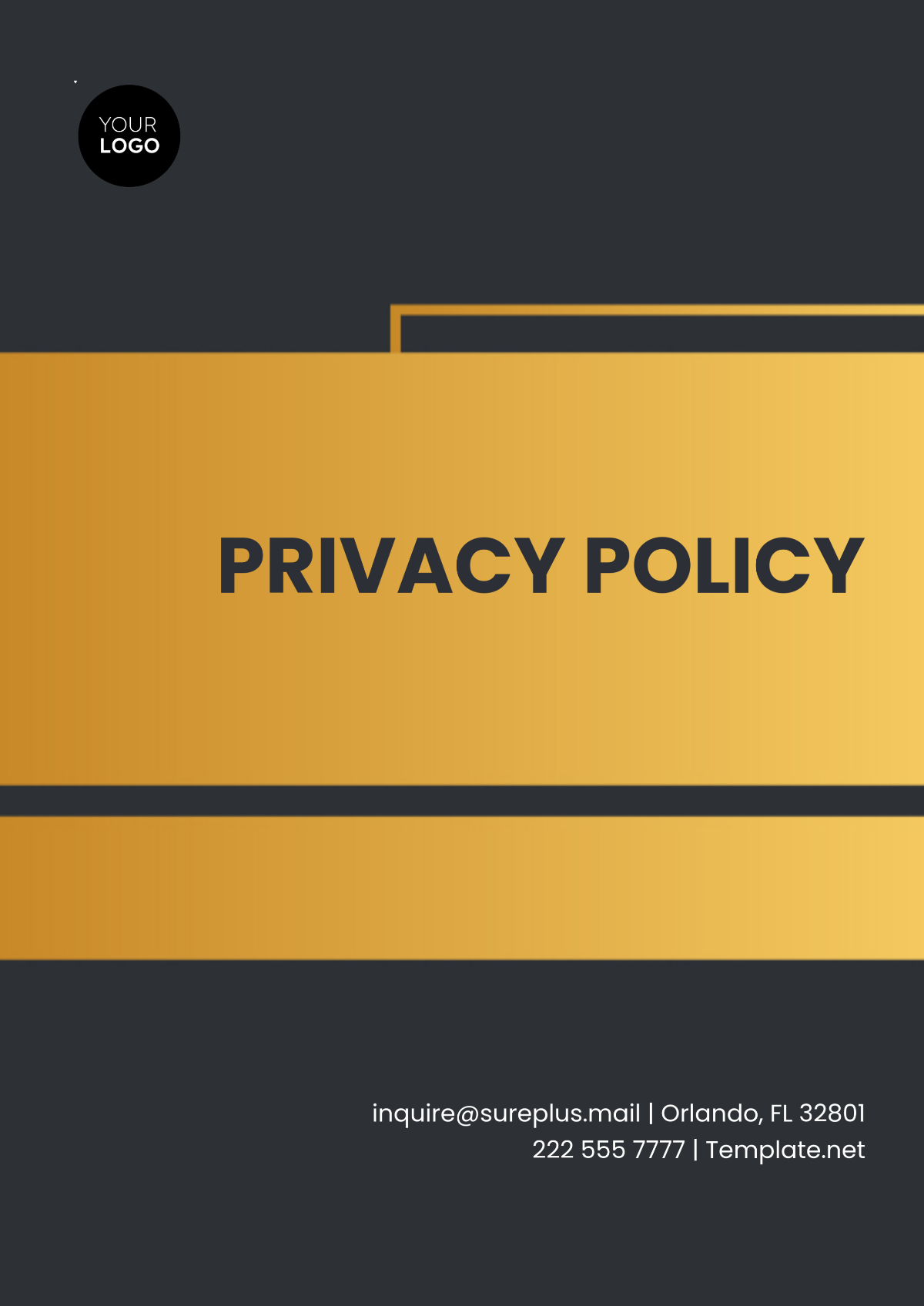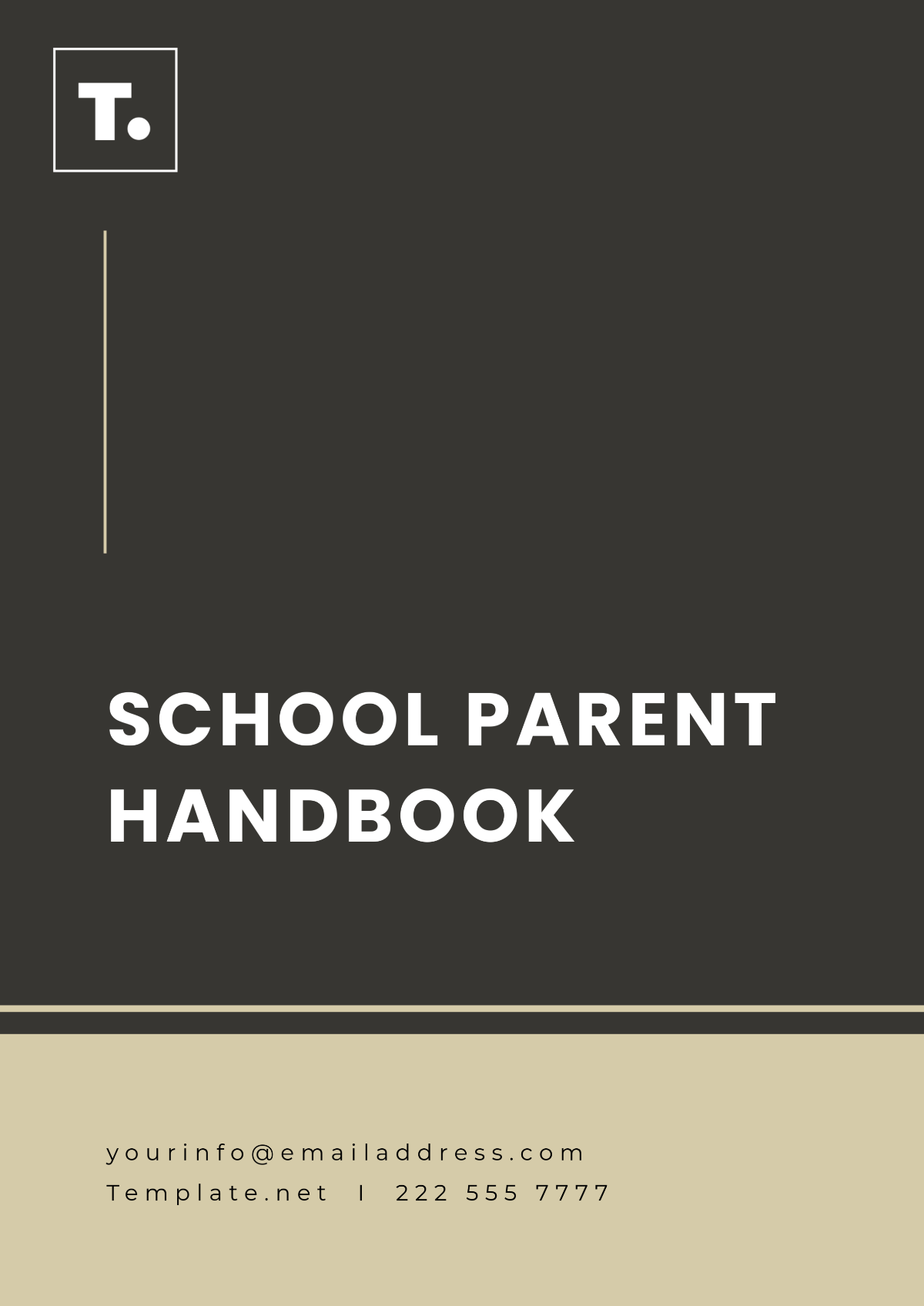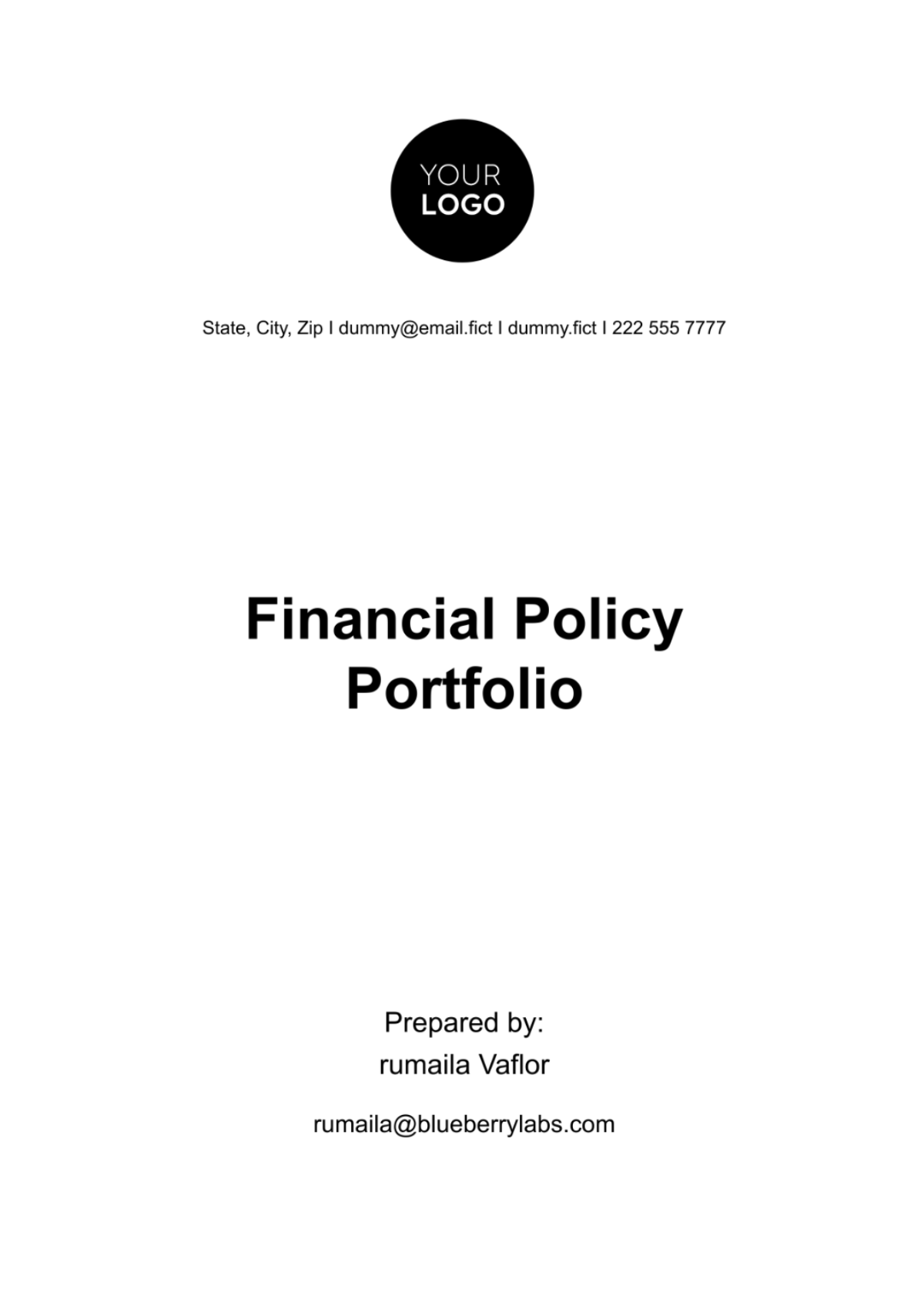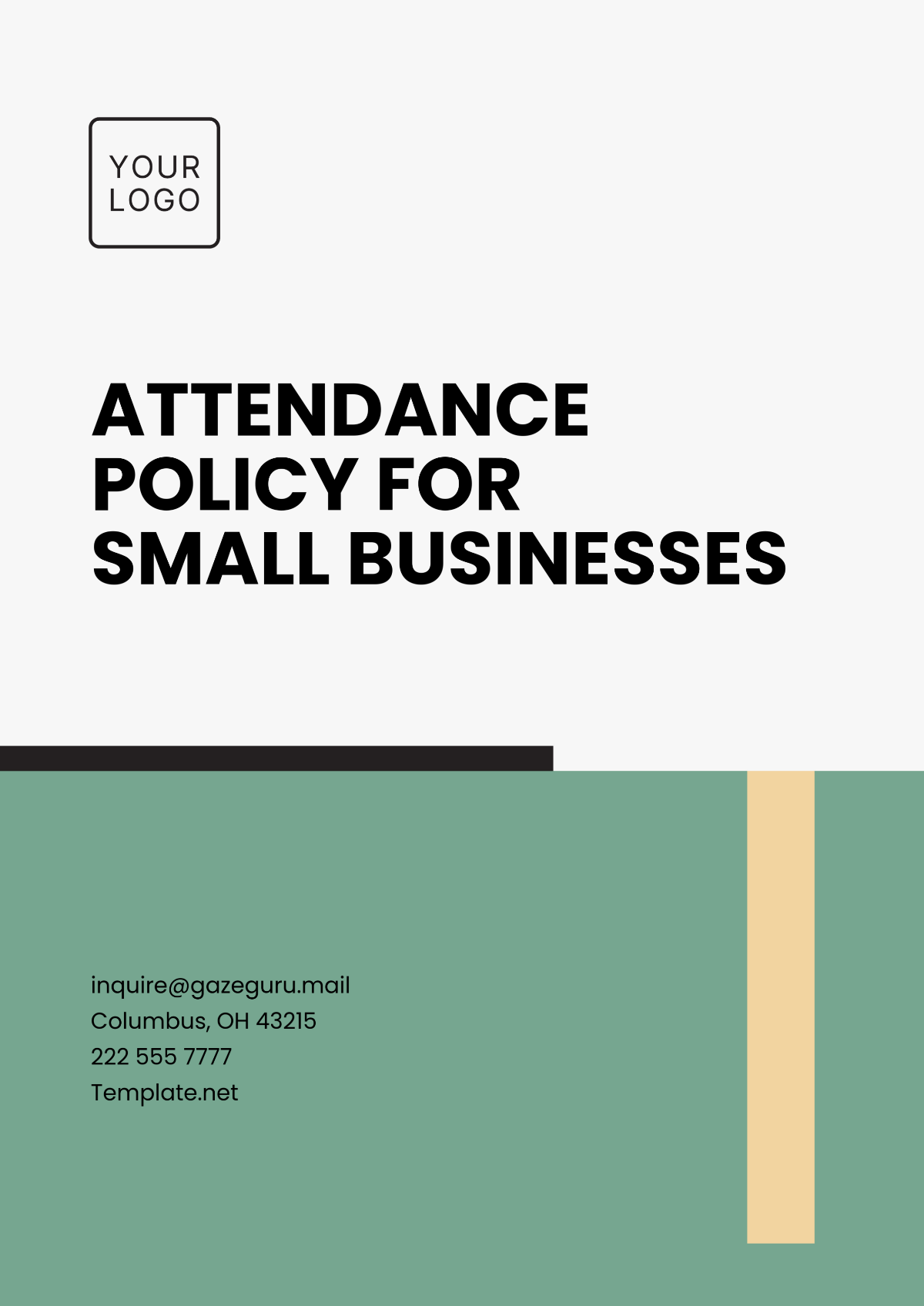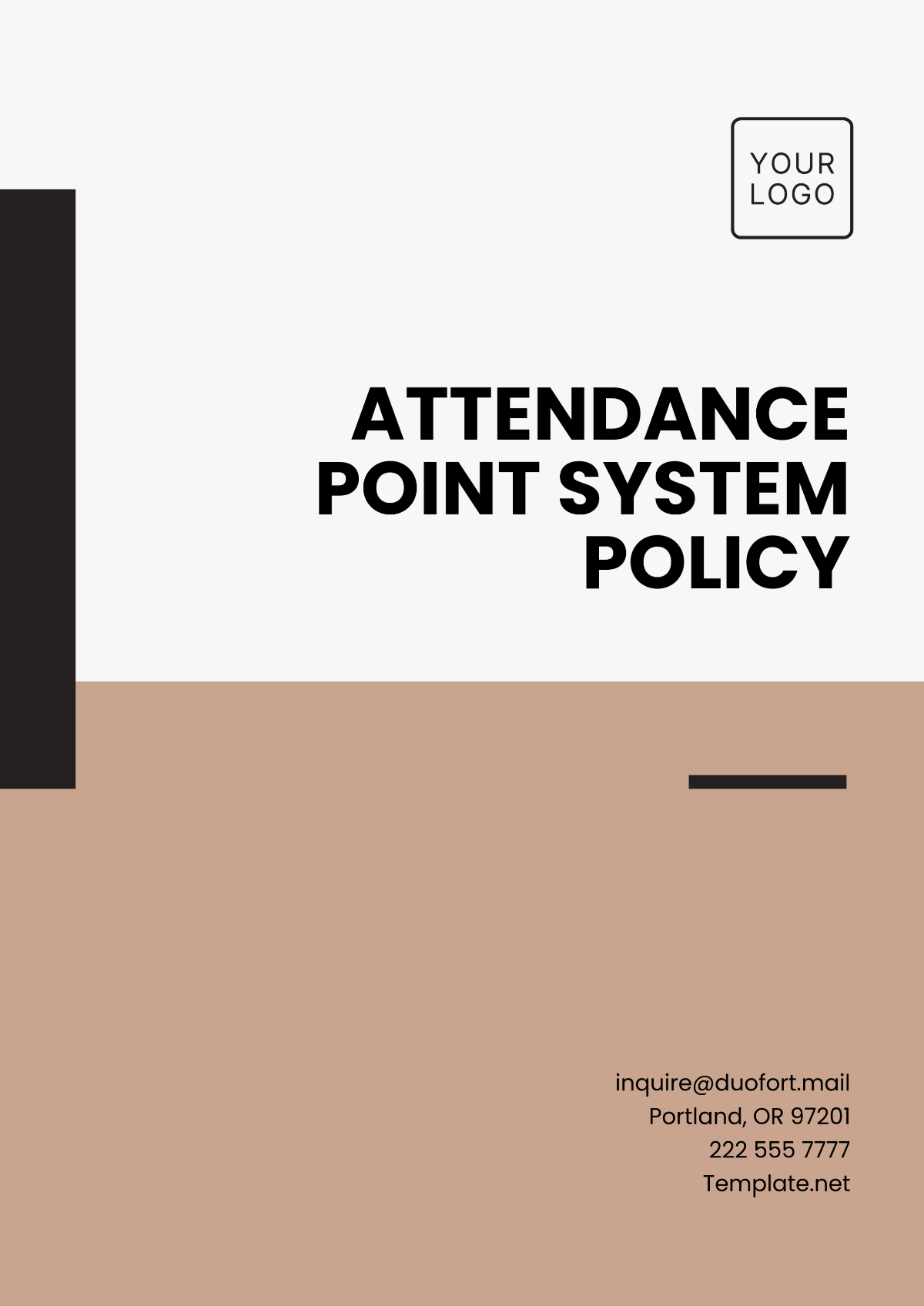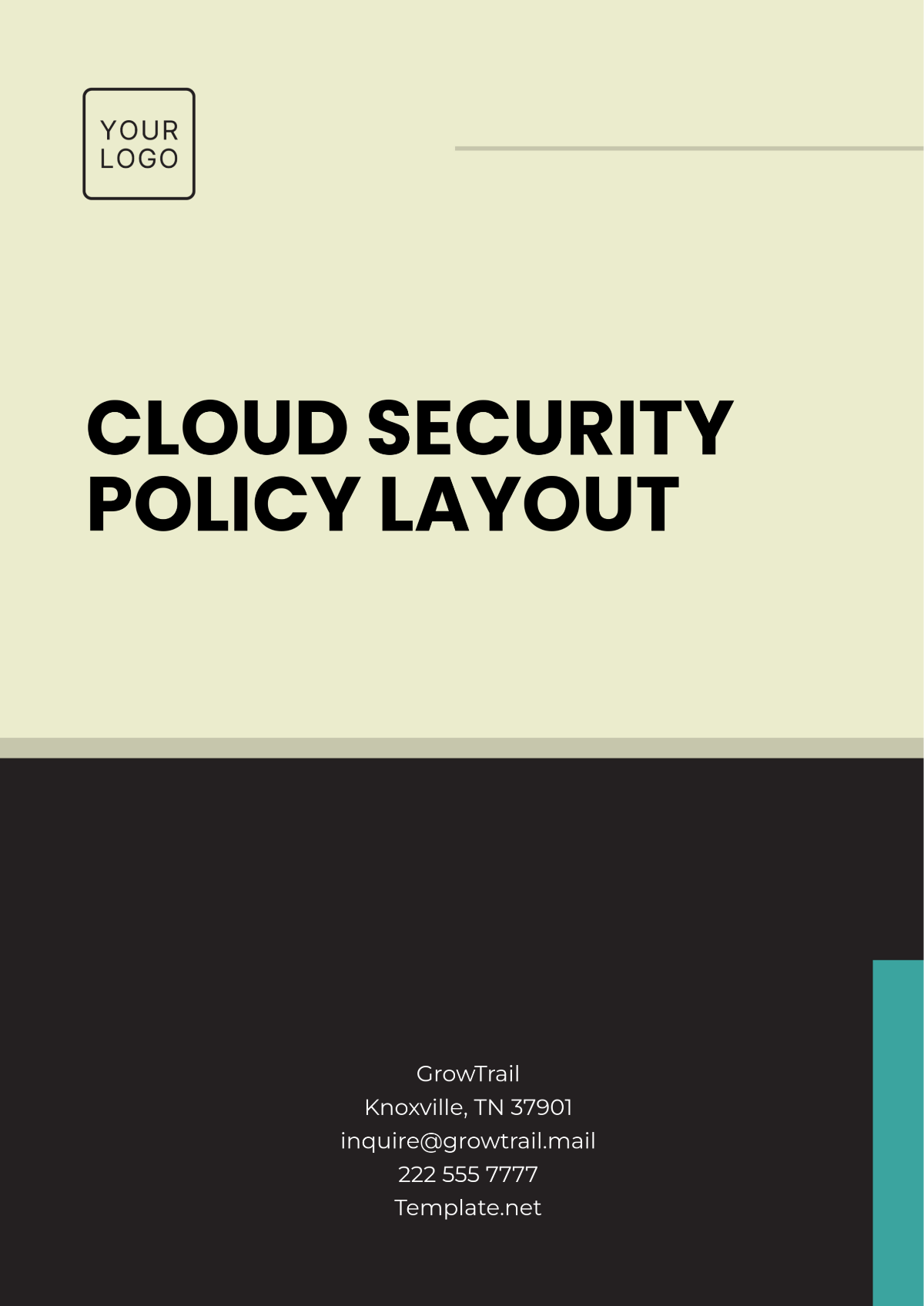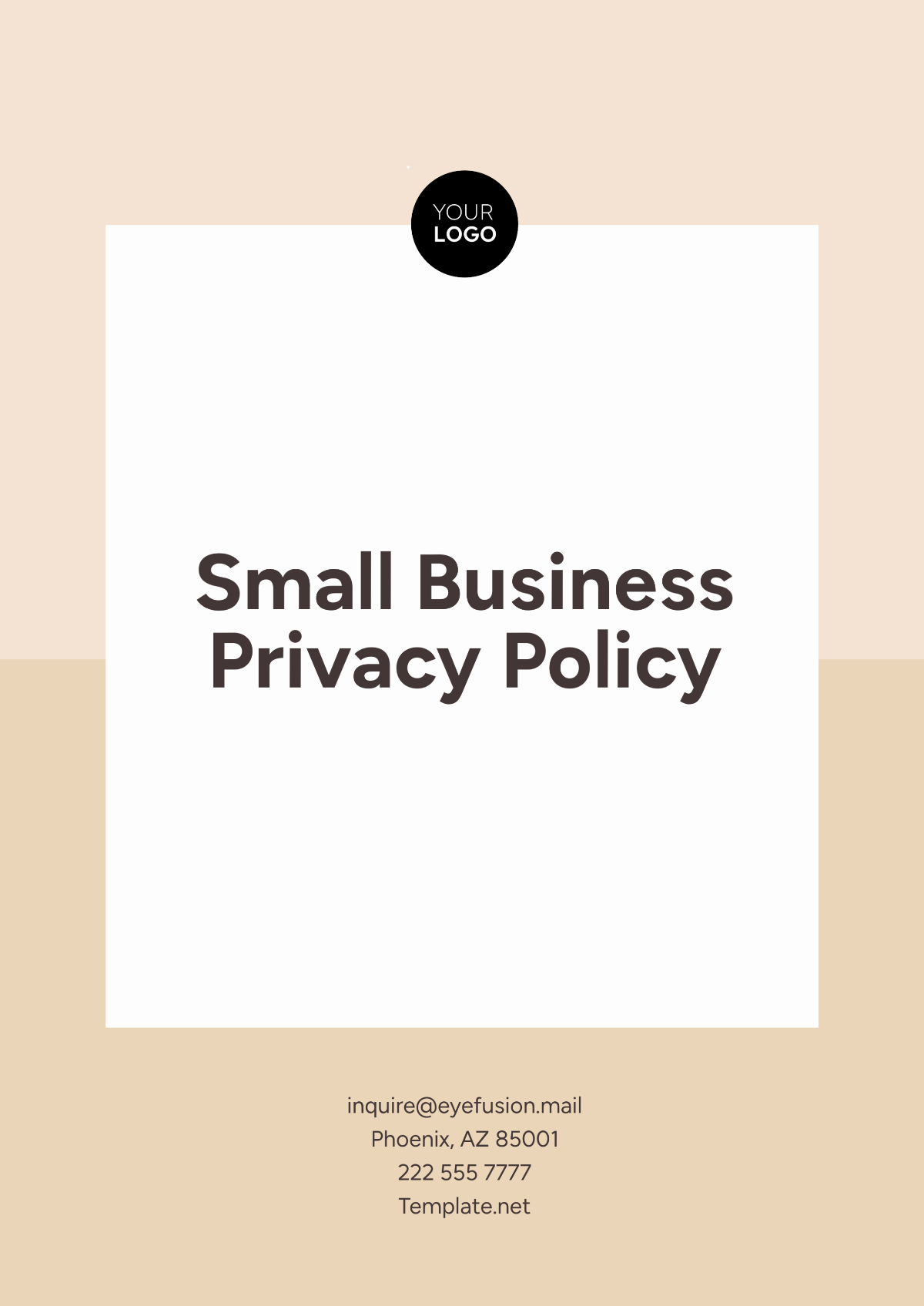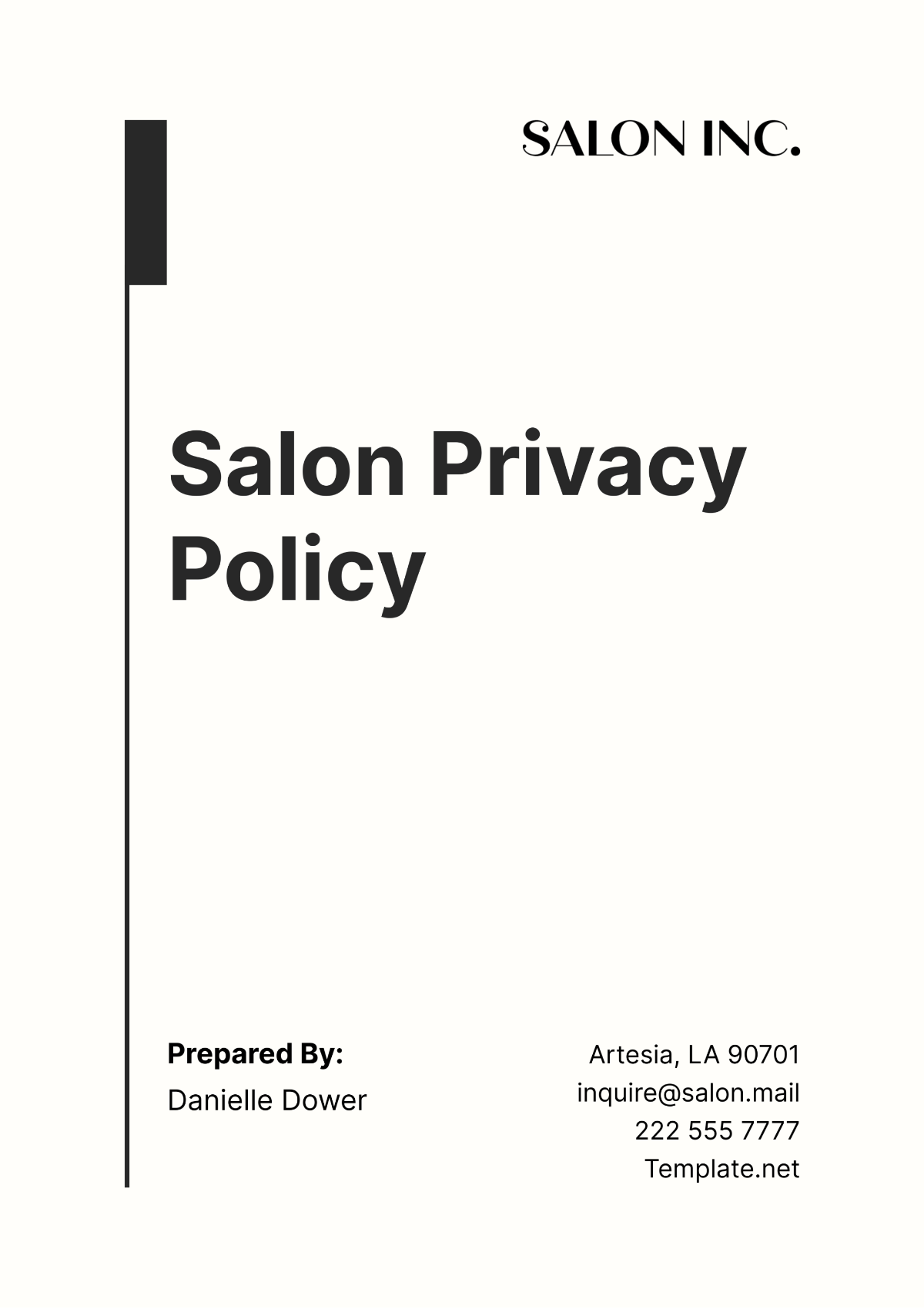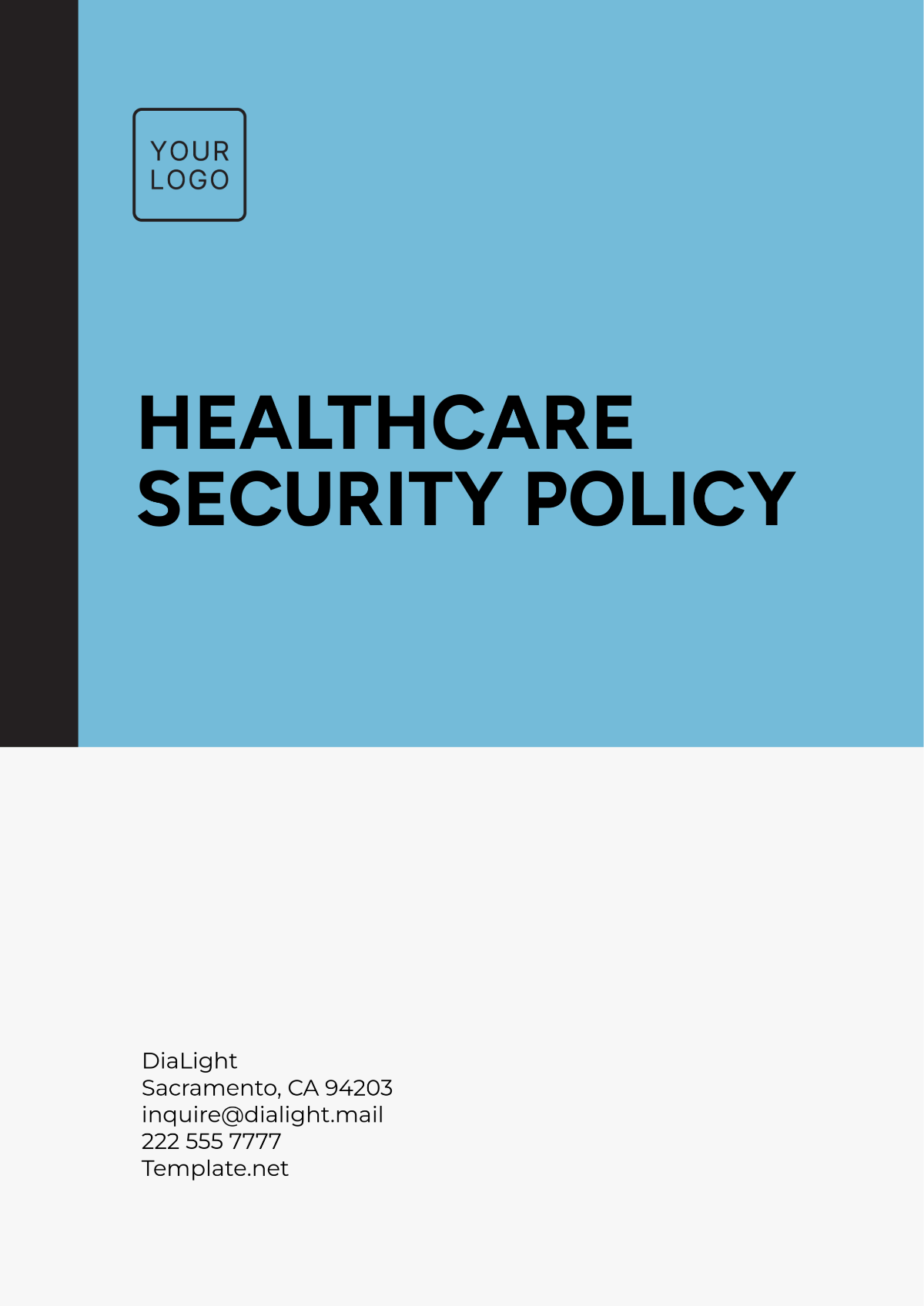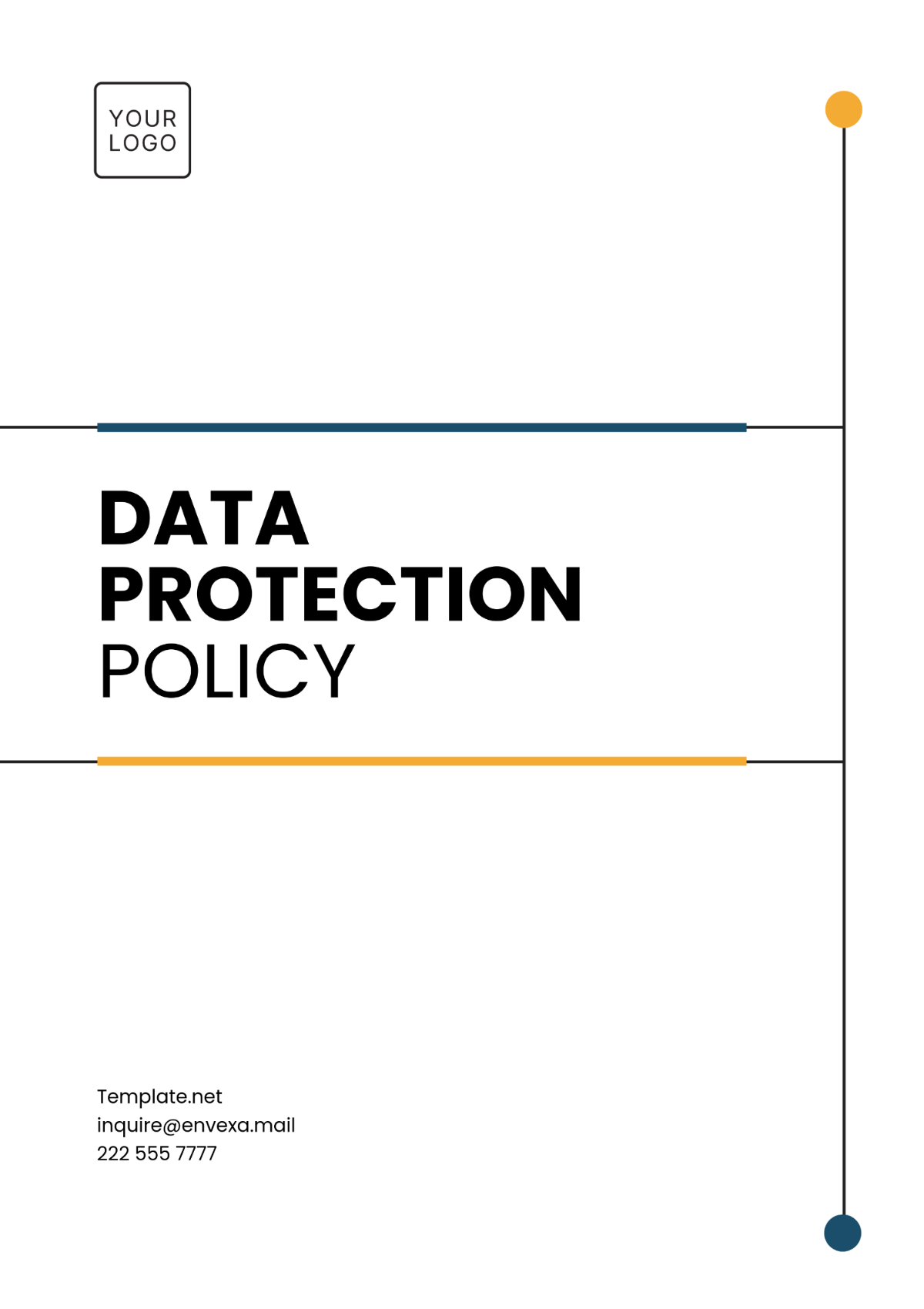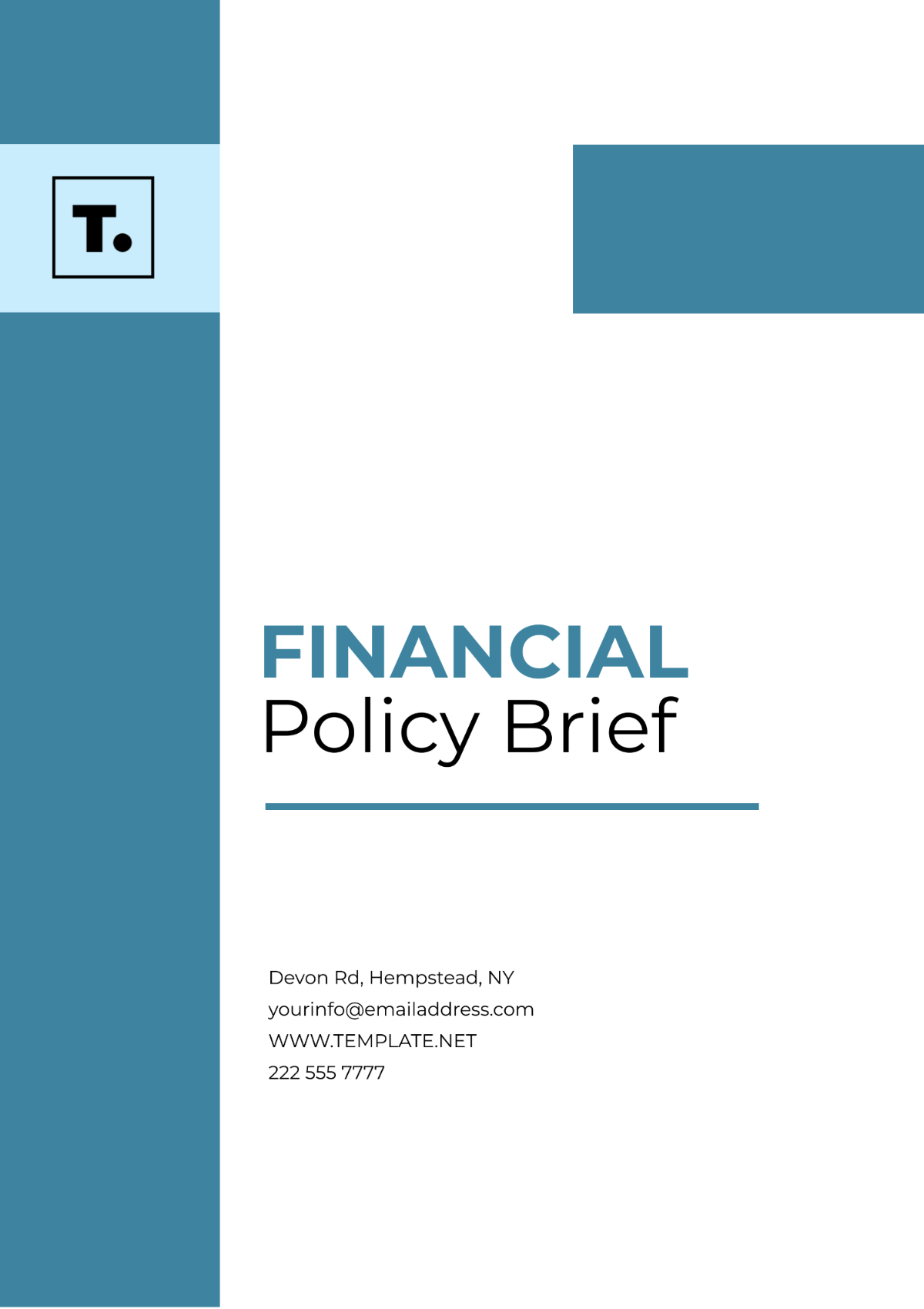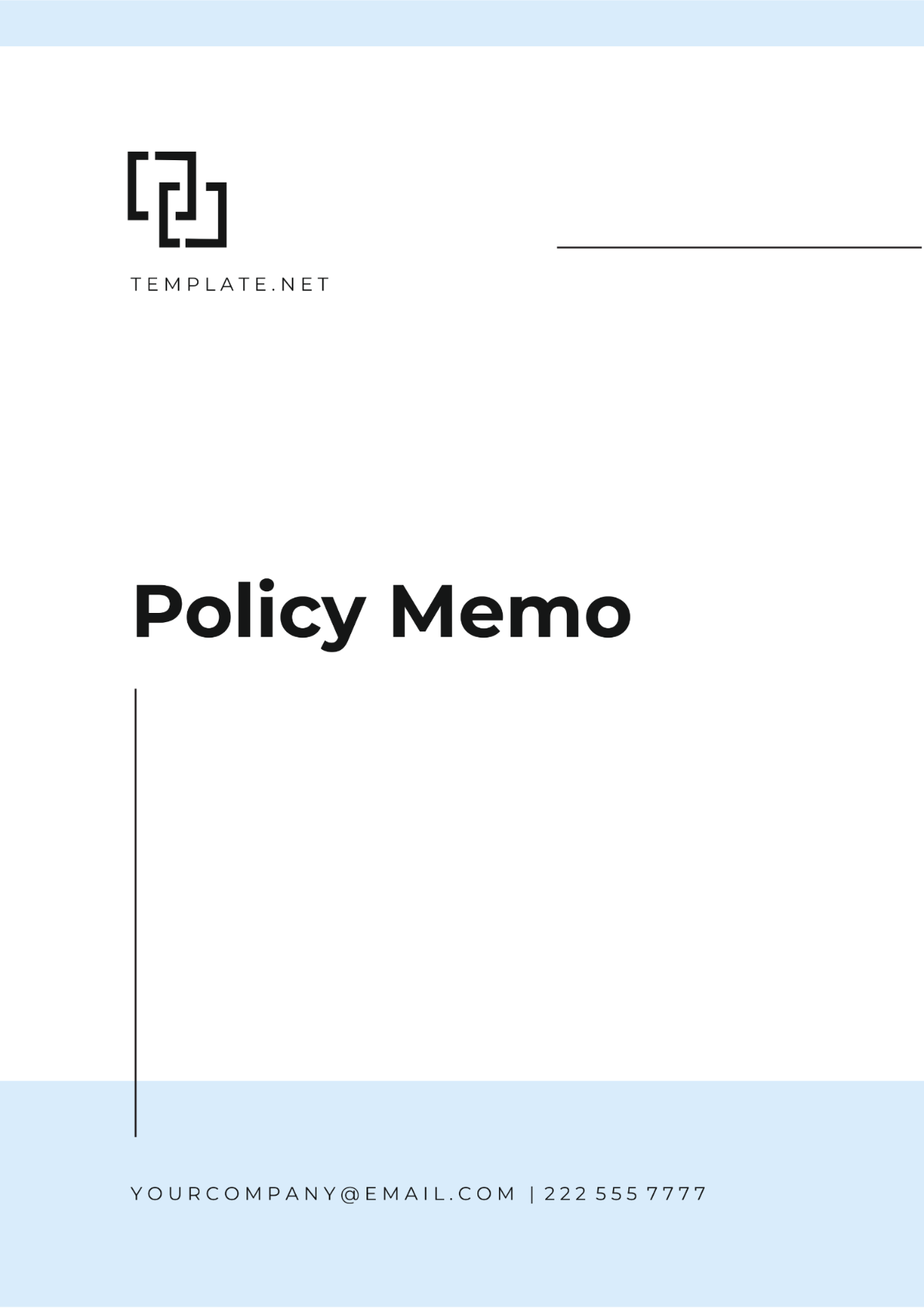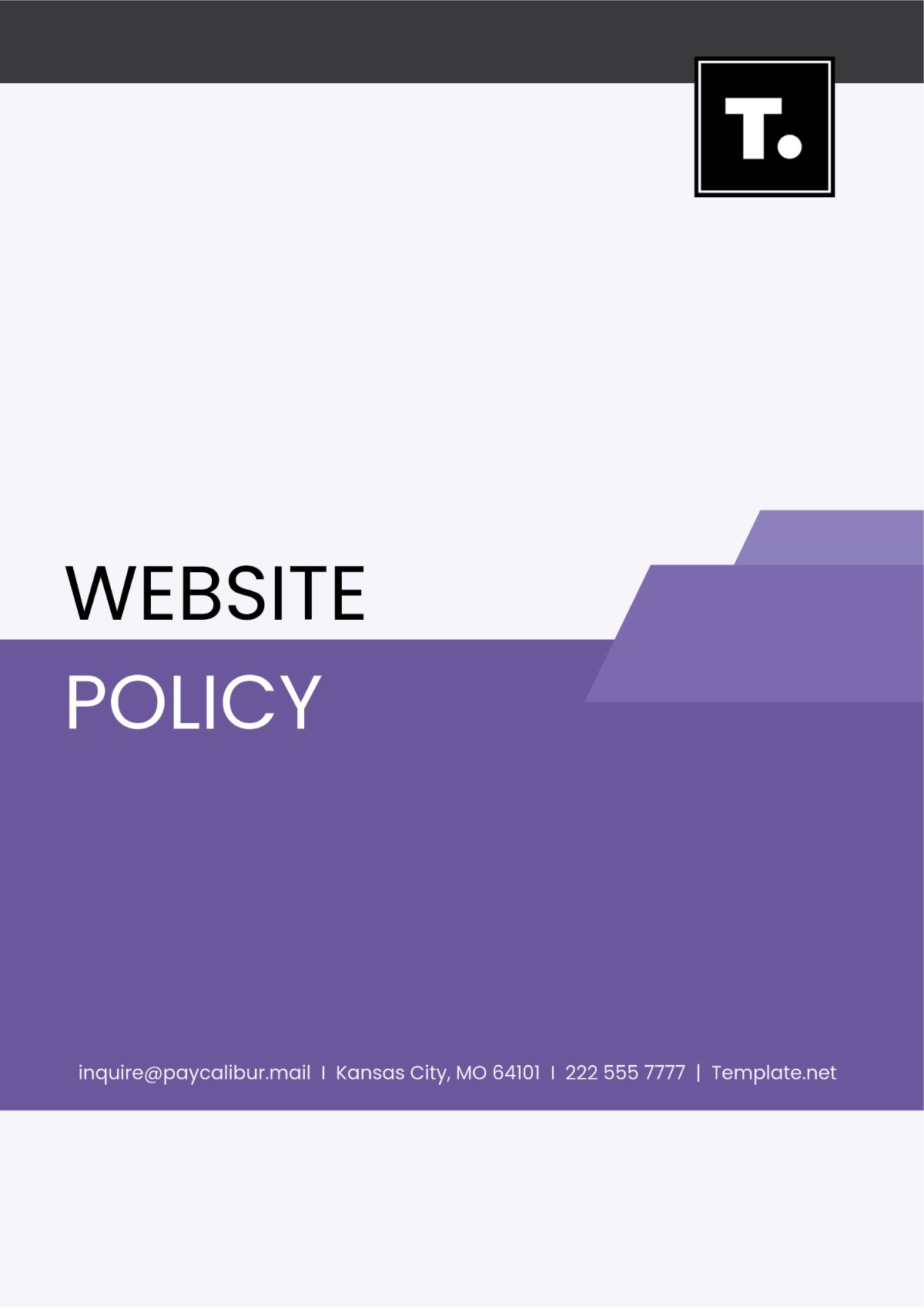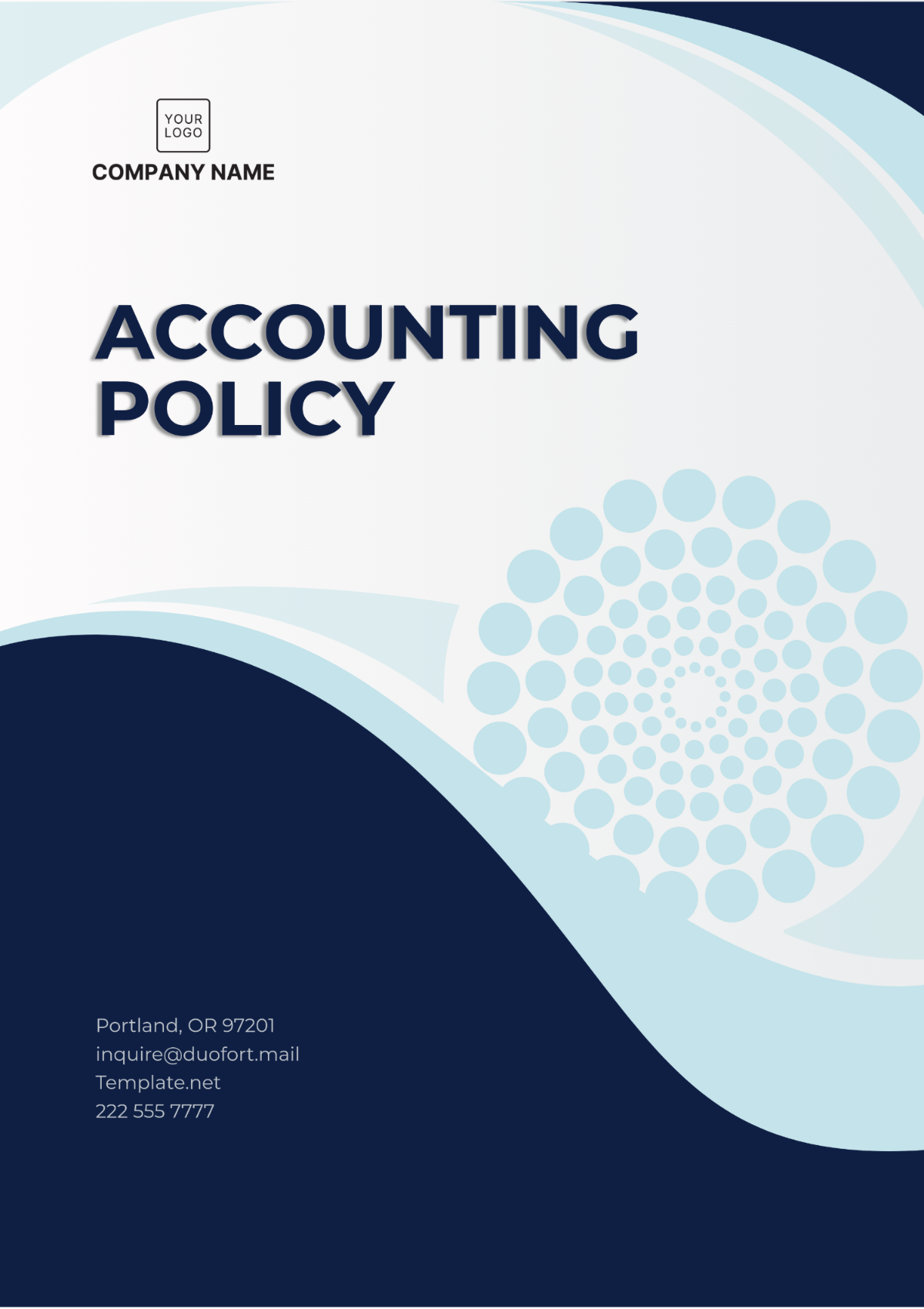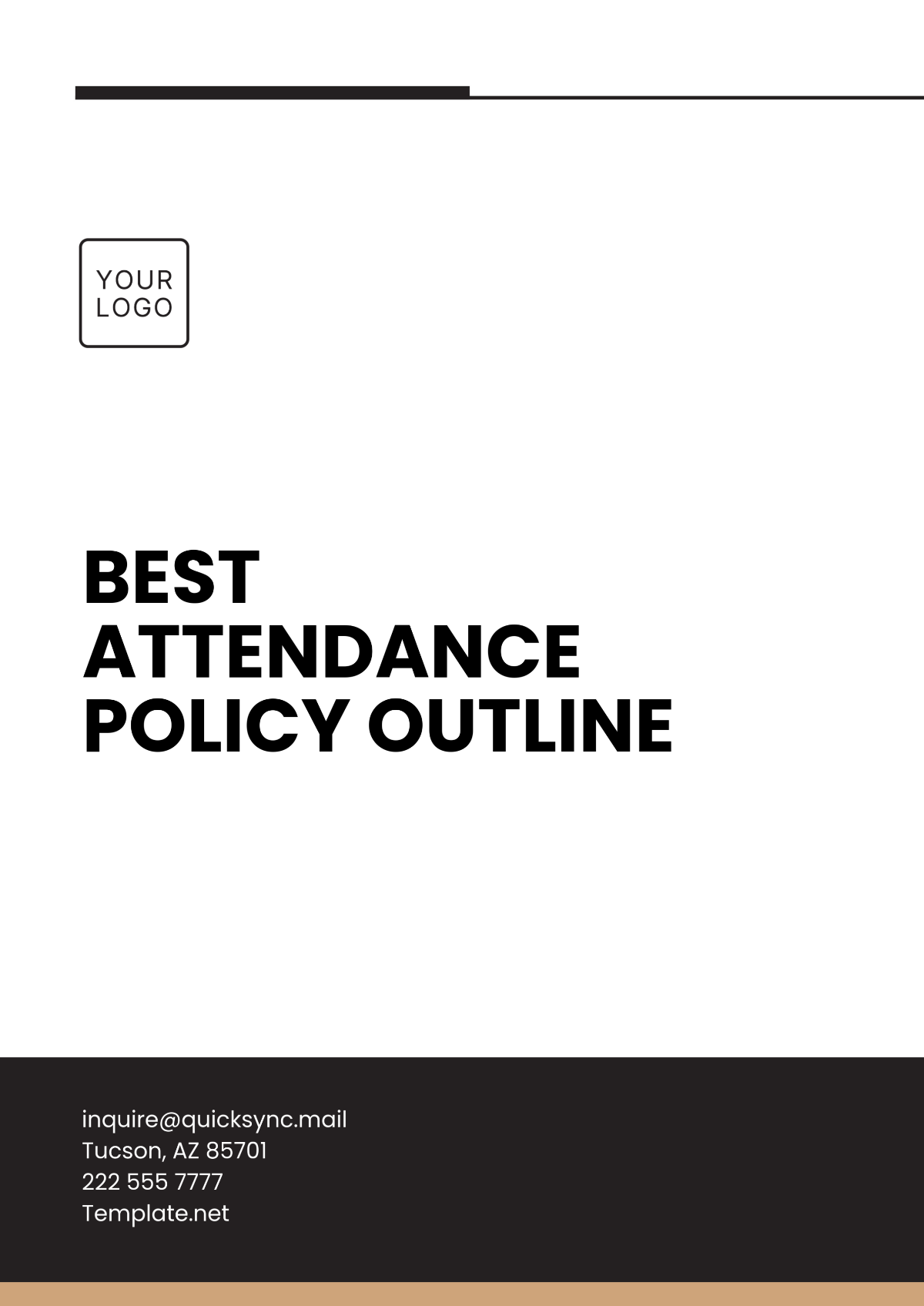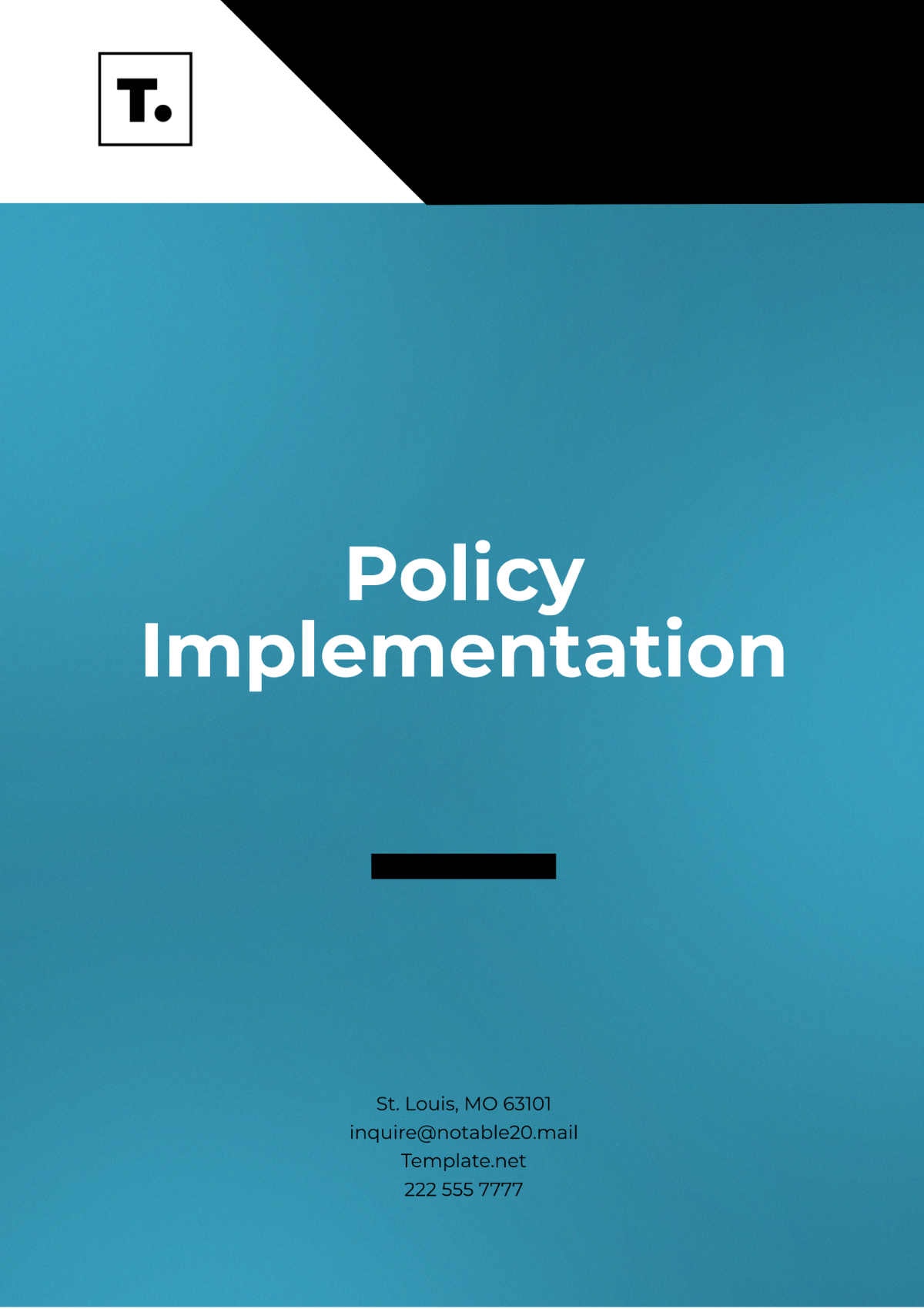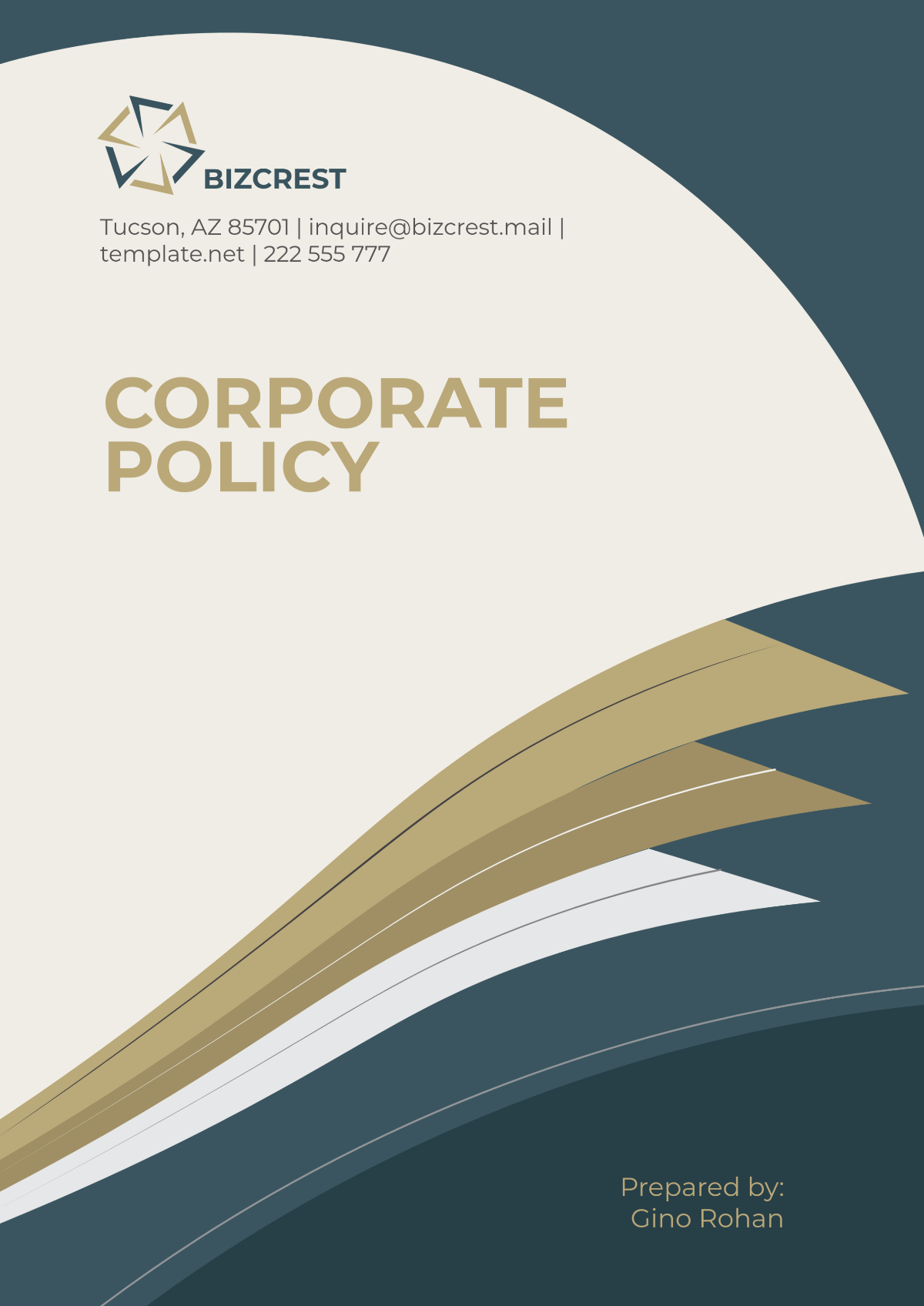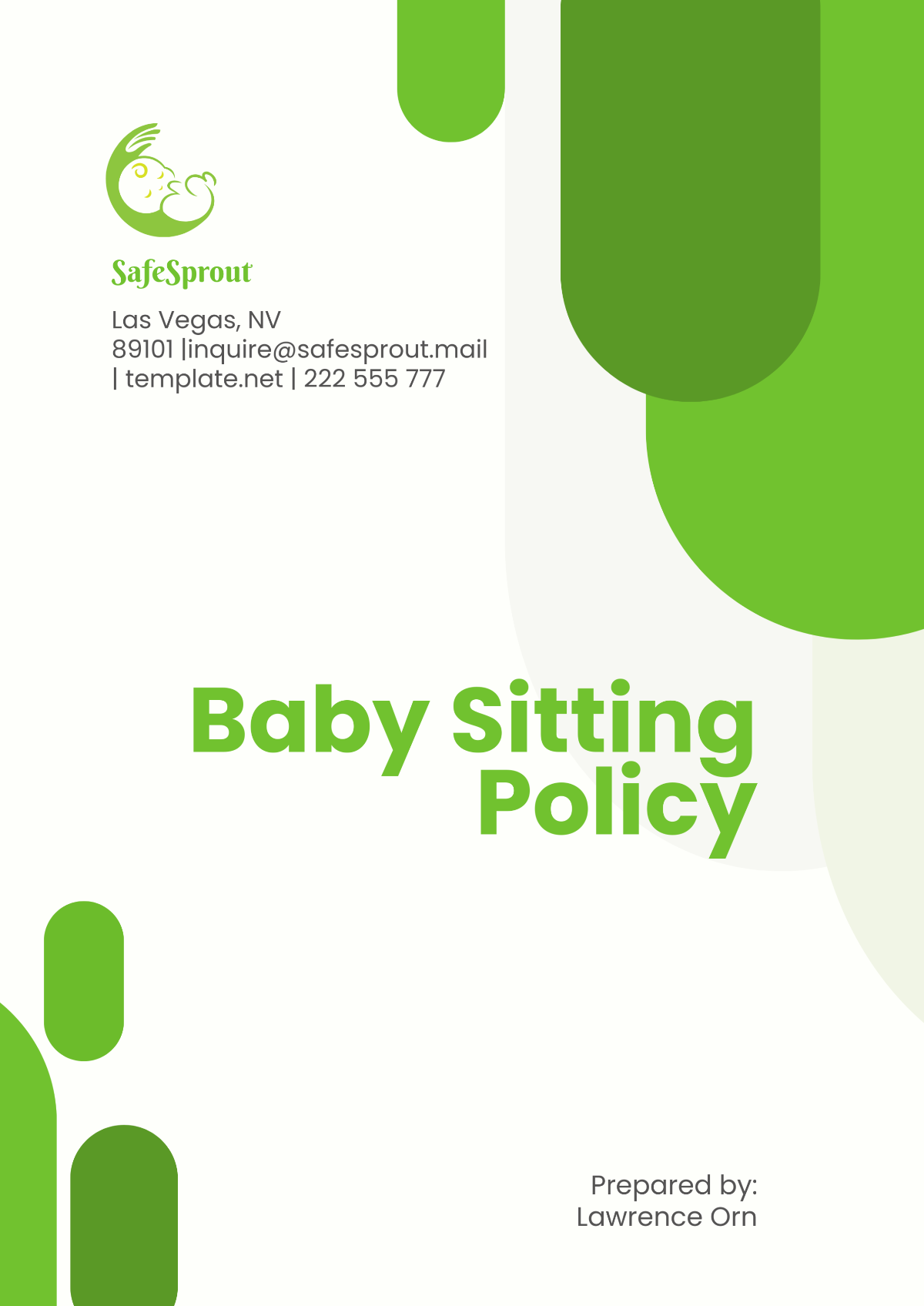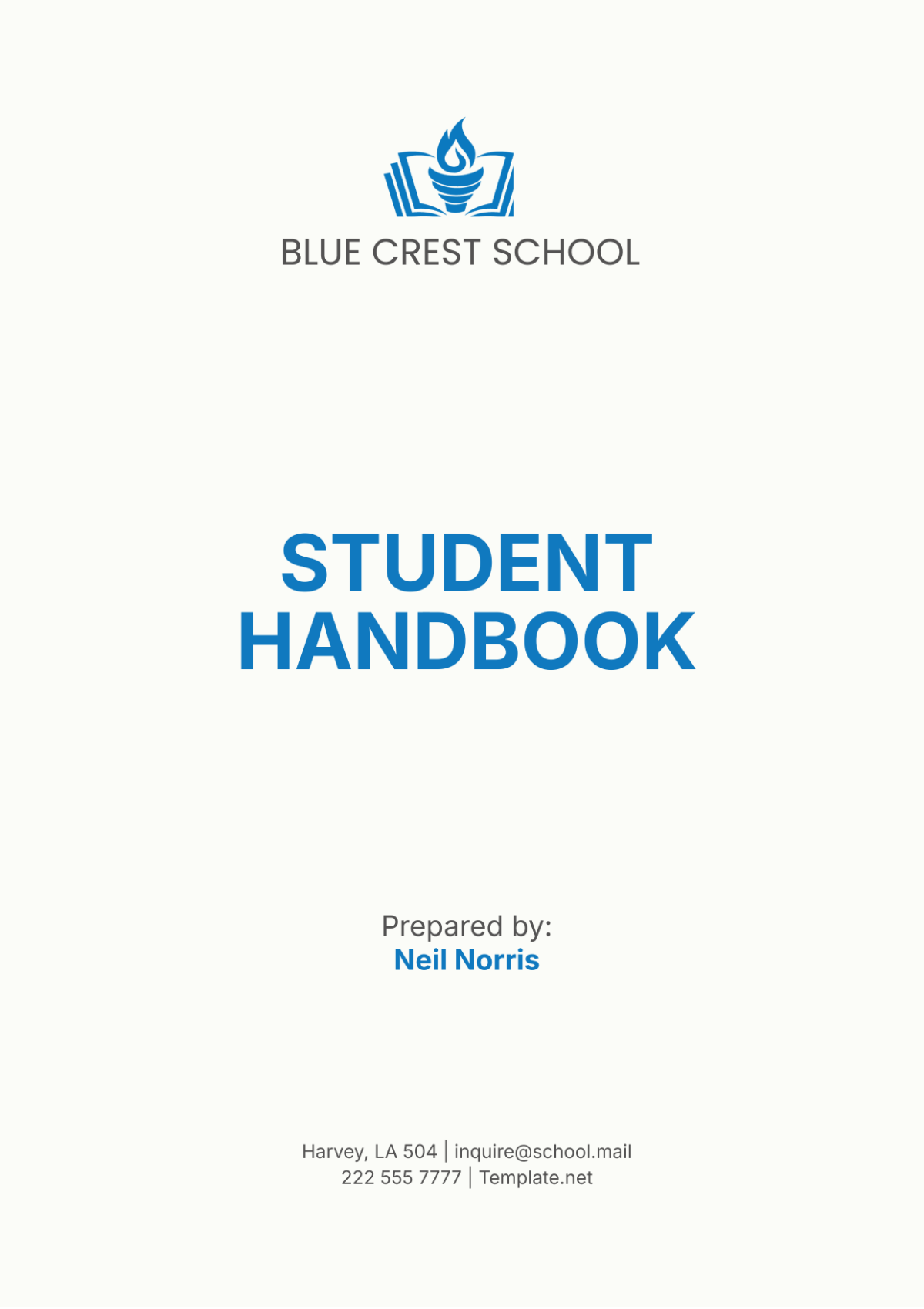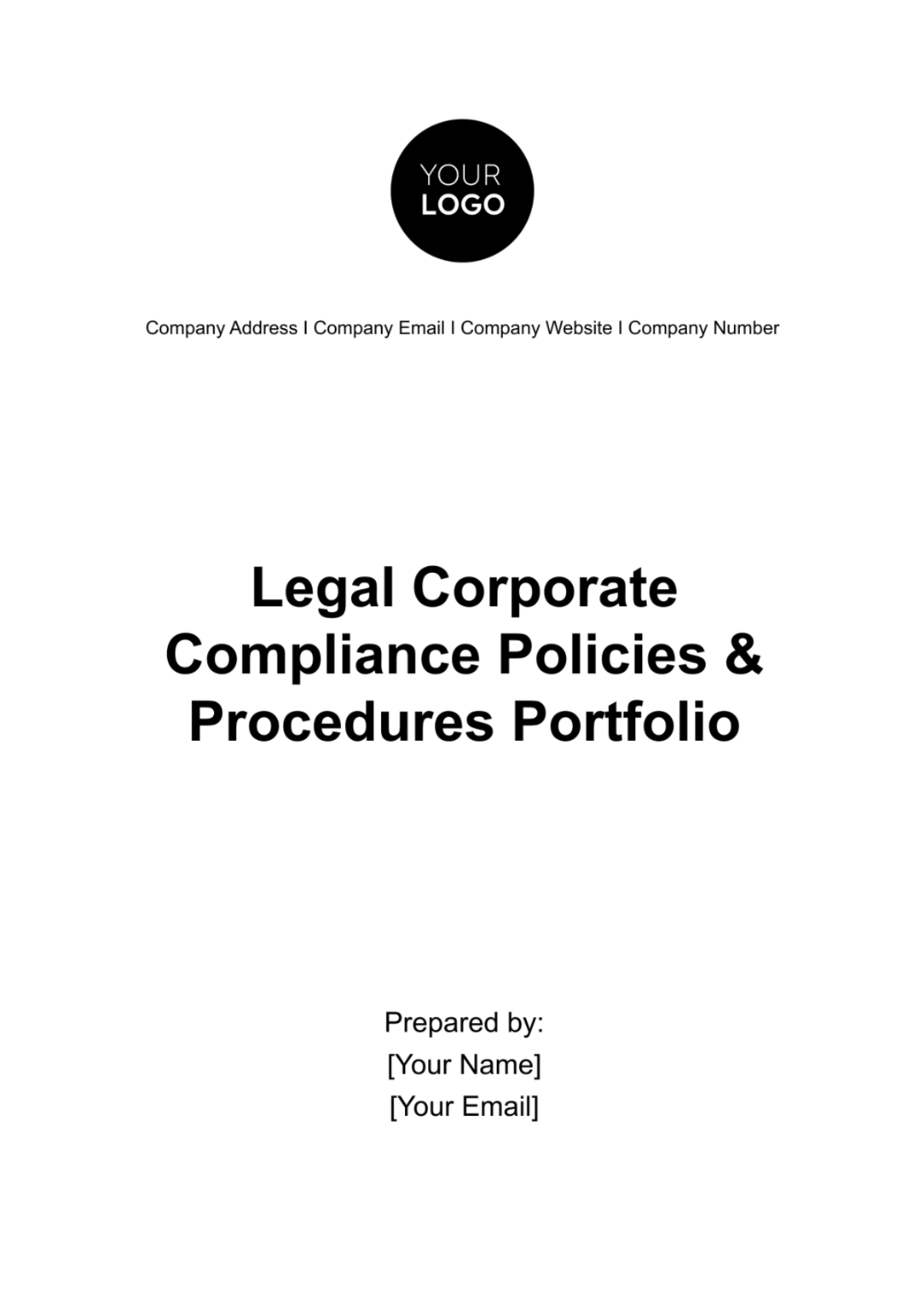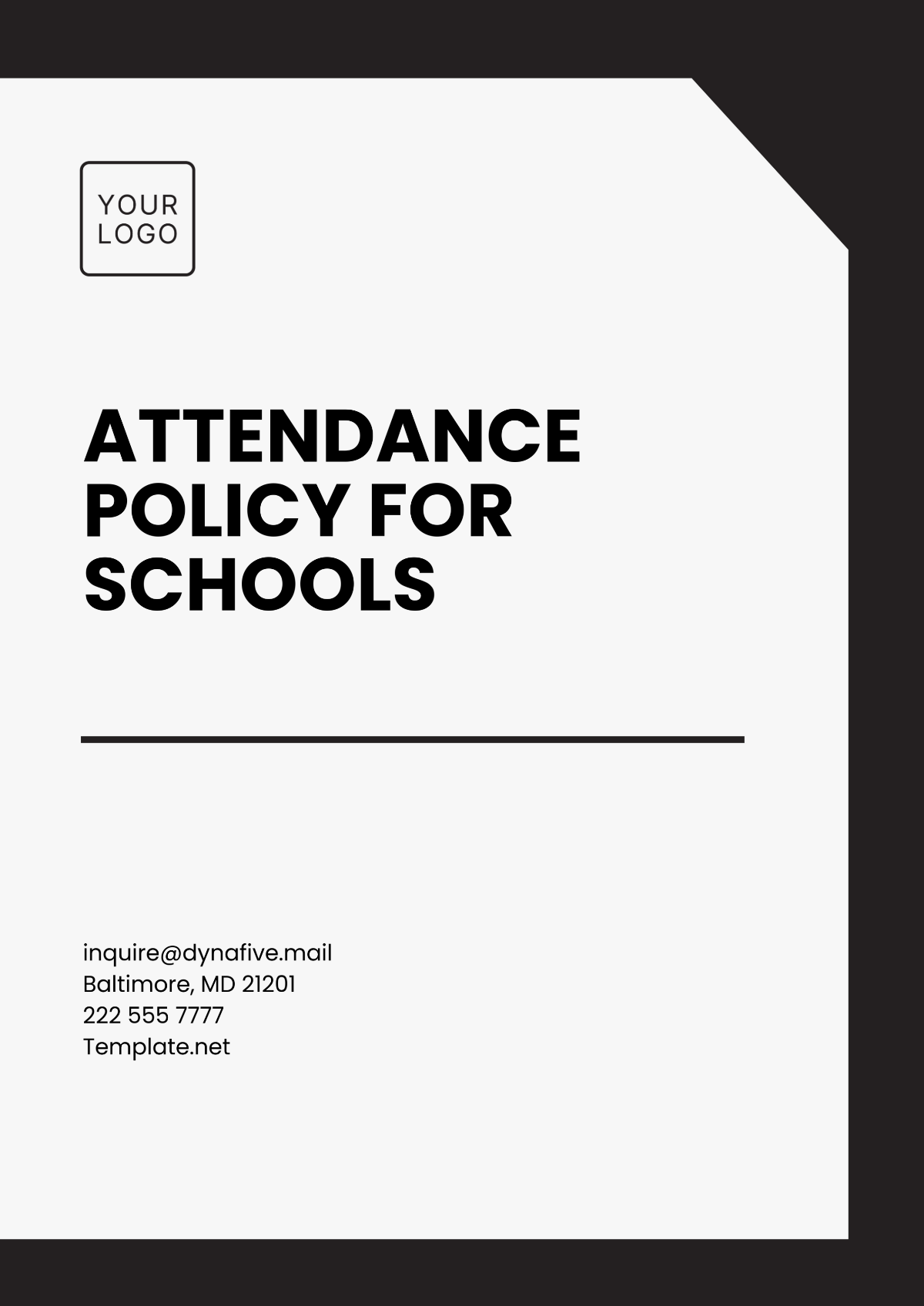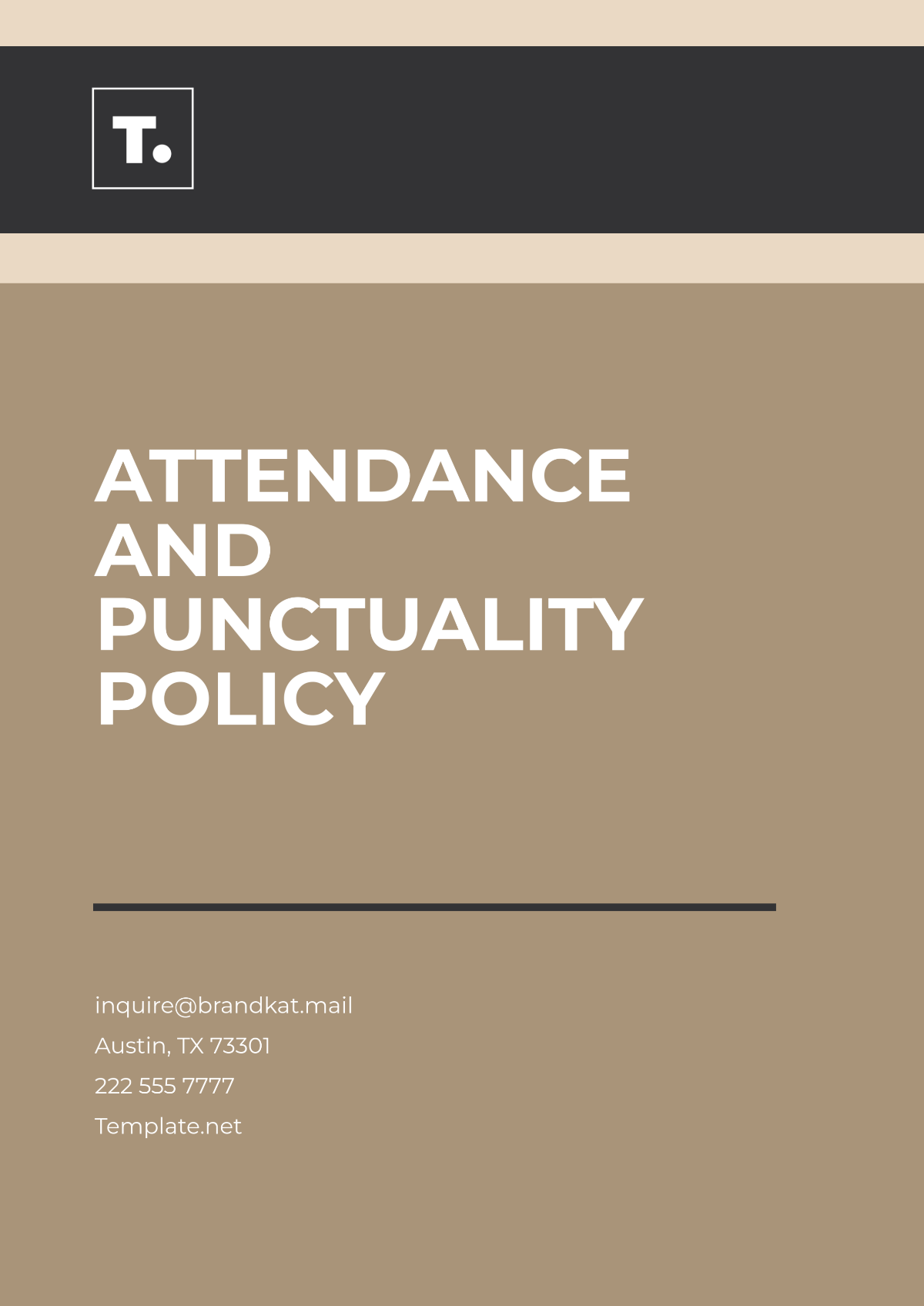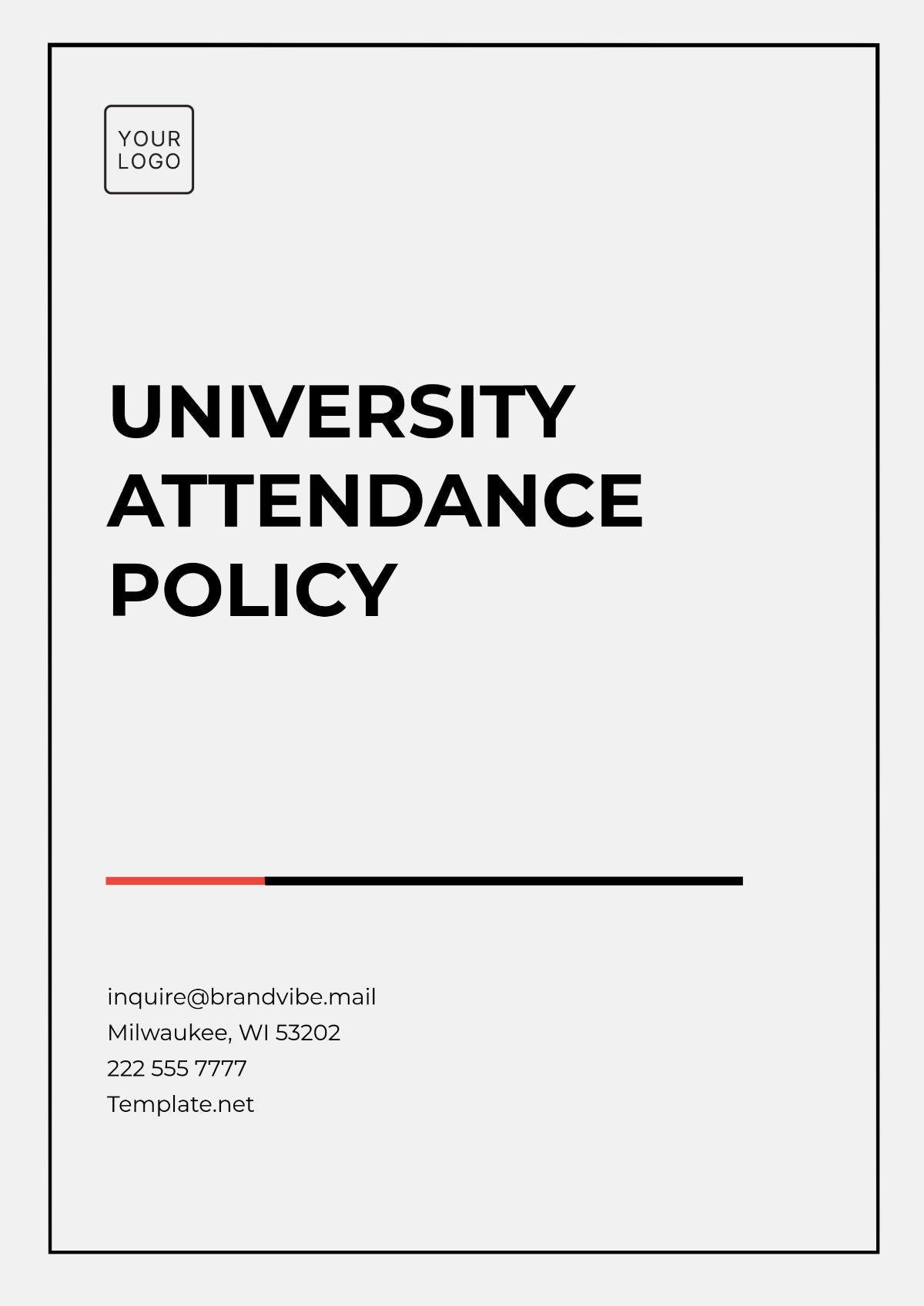Spa Policy and Procedure
I. Preface
We are committed to providing exceptional service and maintaining the highest standards of professionalism, hygiene, and safety. This Policies and Procedures Manual serves as a comprehensive guide for all employees, outlining the protocols and expectations to ensure consistent excellence in our operations. Adherence to these policies is essential for the well-being of our clients, the integrity of our brand, and the success of our business.
II. Client Services
Delivering unparalleled service is the cornerstone of [Your Company Name]. This section details the procedures for client interactions, appointments, consultations, and service delivery, emphasizing the importance of personalized care and attention to detail.
Appointment Scheduling:
Procedure: Our reception team utilizes our sophisticated booking system to efficiently manage appointments.
Implementation: Appointments are scheduled with precision, considering client preferences and therapist availability.
Confirmation: Clients receive prompt confirmation of their appointments via email or phone, along with any relevant information regarding their visit.
Consultation Process:
Procedure: Trained staff conducts thorough consultations to understand each client's needs, expectations, and any relevant medical history.
Implementation: Clients are guided through a detailed questionnaire to identify specific concerns and preferences.
Customization: Based on the consultation, therapists provide tailored recommendations and treatment plans to address individual requirements effectively.
Service Delivery:
Procedure: Our skilled therapists deliver services with precision, expertise, and a focus on client comfort.
Execution: Each treatment is performed with meticulous attention to detail, ensuring optimal results and client satisfaction.
Feedback: We actively solicit feedback from clients to continuously improve our services and address any concerns promptly.
III. Hygiene and Sanitation
Maintaining a clean and sanitary environment is paramount at [Your Company Name] to safeguard the health and well-being of both clients and staff. This section outlines rigorous hygiene protocols, including cleaning schedules, disinfection procedures, and standards for equipment sterilization, to uphold the highest levels of cleanliness throughout our facilities.
Facility Cleaning:
Procedure: Our dedicated cleaning staff follows a comprehensive cleaning schedule to maintain the cleanliness of all spa areas.
Thoroughness: High-touch surfaces, including doorknobs, countertops, and restroom facilities, are sanitized multiple times daily.
Documentation: Cleaning logs are maintained to track the frequency and thoroughness of cleaning tasks for accountability.
Equipment Sterilization:
Procedure: All spa equipment and tools undergo rigorous sterilization procedures to eliminate bacteria and pathogens.
Protocol: Sterilization methods adhere to industry standards and manufacturer guidelines for each piece of equipment.
Record-Keeping: Detailed records of sterilization procedures are maintained to ensure compliance with sanitation regulations and to track equipment maintenance.
Linen and Laundry Care:
Procedure: Clean and freshly laundered linens are provided for each client, including towels, robes, and sheets.
Sanitation: Linens are laundered using high-temperature wash cycles and commercial-grade detergents to effectively remove dirt and bacteria.
Storage: Clean linens are stored in designated areas away from potential contaminants, ensuring they remain sanitary until use.
IV. Employee Conduct and Professionalism
Professionalism and exemplary conduct are fundamental values upheld by [Your Company Name]. This section delineates the expected behavior, dress code, confidentiality obligations, and ethical guidelines for all employees, ensuring a respectful and harmonious workplace environment conducive to delivering exceptional service.
Behavioral Expectations:
Protocol: Employees are expected to maintain a courteous, respectful, and professional demeanor at all times.
Demonstration: Interactions with clients, colleagues, and vendors should reflect our commitment to excellence and client satisfaction.
Conflict Resolution: Disputes or conflicts should be handled calmly and professionally, with an emphasis on finding mutually beneficial resolutions.
Dress Code and Grooming Standards:
Guidelines: Our dress code policy outlines specific attire requirements for different roles within the spa.
Presentation: Employees are expected to present themselves in a neat and professional manner, adhering to grooming standards that reflect positively on our brand.
Adherence: Regular checks are conducted to ensure compliance with the dress code and grooming standards, with corrective action taken as necessary.
Confidentiality and Privacy:
Policy: Employees are bound by strict confidentiality agreements to safeguard client information and protect their privacy.
Responsibility: Personal and sensitive client information should never be discussed outside of work-related contexts or shared without authorization.
Training: All employees receive training on privacy protocols and the importance of maintaining confidentiality to uphold client trust and loyalty.
Ethical Guidelines:
Code of Ethics: Our spa operates with integrity and honesty, adhering to ethical principles in all business dealings.
Compliance: Employees are expected to follow all applicable laws, regulations, and industry standards, including those related to advertising, pricing, and service provision.
Reporting: Any ethical concerns or potential violations should be reported promptly to management for investigation and resolution.
Continuous Professional Development:
Commitment: We support employee growth and development through ongoing training and education opportunities.
Skill Enhancement: Employees are encouraged to pursue certifications, attend workshops, and participate in skill-building activities to enhance their professional expertise.
Recognition: Exceptional performance and dedication to professional development are recognized and rewarded to foster a culture of continuous improvement and excellence.
V. Safety and Emergency Procedures
Ensuring the safety and security of our clients and staff is a top priority at [Your Company Name]. This section outlines comprehensive safety protocols, emergency procedures, and measures for hazard mitigation, equipping employees with the knowledge and resources to respond effectively to any unforeseen circumstances.
Risk Assessment and Prevention:
Procedure: Regular risk assessments are conducted to identify potential hazards and implement preventive measures.
Implementation: Hazards such as slippery floors, faulty equipment, or fire risks are promptly addressed to minimize the risk of accidents.
Training: Employees receive training on hazard identification and prevention to maintain a safe environment for clients and colleagues.
Emergency Response Plan:
Protocol: An emergency response plan is in place to guide staff on actions to take in various emergency scenarios.
Training: All employees are trained on emergency procedures, including evacuation routes, assembly points, and methods of communication.
Drills: Regular drills are conducted to ensure that staff are prepared to respond quickly and efficiently in the event of an emergency.
First Aid and Medical Assistance:
Availability: First aid kits are strategically placed throughout the spa for immediate access in case of injuries or medical emergencies.
Certification: Designated staff members are trained in first aid and CPR to provide prompt assistance until professional medical help arrives.
Communication: Clear procedures are established for contacting emergency services and providing relevant information, such as the spa's location and the nature of the emergency.
Fire Safety:
Prevention: Fire prevention measures, such as regular inspection of electrical systems and proper storage of flammable materials, are implemented to reduce the risk of fires.
Evacuation: Evacuation routes and assembly points are clearly marked, and employees are trained on the procedures to follow in the event of a fire.
Fire Drills: Regular fire drills are conducted to ensure that all staff are familiar with evacuation procedures and can evacuate the premises safely and efficiently.
Security Measures:
Access Control: Access to restricted areas is limited to authorized personnel only to prevent unauthorized entry and ensure the safety of clients and staff.
Surveillance: Security cameras are installed in key areas of the spa to monitor activity and deter potential security threats.
Emergency Contacts: A list of emergency contacts, including local emergency services, medical facilities, and management personnel, is readily available for quick reference.
Emergency Contacts:
Contact Name | Role | Phone Number |
|---|---|---|
Emergency Services | First Responders | [Number] |
Local Hospital | Medical Assistance | [Number] |
Spa Manager | Management | [Number] |
Security Office | Security Personnel | [Number] |
VI. Training and Development
Continuous learning and professional growth are integral to maintaining the high standards of excellence at [Your Company Name]. This section delineates the training programs, skill development initiatives, and performance evaluation processes designed to empower our employees with the knowledge and expertise to excel in their roles and deliver unparalleled service to our clients.
Training Needs Assessment:
Procedure: A systematic assessment of training needs is conducted to identify areas for skill development and improvement.
Analysis: Feedback from employees, performance evaluations, and industry trends are considered to prioritize training initiatives.
Planning: Based on the assessment, a training plan is developed to address identified needs and support employee growth.
Training Programs:
Variety: We offer a diverse range of training programs to cater to the needs of employees at all levels and across different job functions.
Content: Training programs cover various topics, including technical skills, customer service, product knowledge, safety protocols, and professional development.
Delivery: Training sessions are conducted through a combination of in-person workshops, online courses, seminars, and hands-on training experiences.
Skill Enhancement Initiatives:
Continual Learning: Employees are encouraged to pursue continuous learning and skill enhancement to stay updated on industry trends and best practices.
Certifications: Support is provided for employees seeking professional certifications relevant to their roles, such as massage therapy certifications or esthetician licenses.
Recognition: Achievement and dedication to skill enhancement are recognized and rewarded to incentivize ongoing professional development.
Training Schedule
Training Topic | Date | Time Start | Trainer |
|---|---|---|---|
Customer Service Skills | [Month Day, Year] | 9:00 AM | [Name] |
Massage Techniques | [Month Day, Year] | 8:00 AM | [Name] |
Product Knowledge | [Month Day, Year] | 10:00 AM | [Name] |
Safety and Emergency | [Month Day, Year] | 1:00 PM | [Name] |
Professional Development | [Month Day, Year] | 1:00 PM | [Name] |
Training Topics
Customer Service Skills: This training focuses on cultivating excellent customer service skills essential for building rapport, exceeding client expectations, and fostering client loyalty. Topics include effective communication, active listening, empathy, problem-solving, and handling difficult situations with professionalism and grace.
Massage Techniques: This training provides comprehensive instruction on various massage techniques, including Swedish massage, deep tissue massage, hot stone massage, and aromatherapy massage. Participants will learn proper body mechanics, draping techniques, pressure application, and sequence of movements for each massage modality.
Product Knowledge: This training equips employees with in-depth knowledge of the spa's product offerings, including skincare products, aromatherapy oils, and wellness supplements. Participants will learn about the ingredients, benefits, and usage instructions for each product, as well as how to recommend products tailored to clients' specific needs and preferences.
Safety and Emergency Procedures: This training covers essential protocols and procedures to ensure the safety and well-being of clients and staff in the event of emergencies or unforeseen situations. Topics include fire safety, first aid/CPR, evacuation procedures, handling medical emergencies, and communication protocols.
Professional Development: This training focuses on personal and professional growth, providing employees with tools and resources to enhance their skills, expand their knowledge, and advance their careers. Topics include time management, goal setting, leadership skills, conflict resolution, communication skills, and career planning.
VII. Privacy and Confidentiality
Respecting the privacy and confidentiality of our clients is non-negotiable at [Your Company Name]. This section articulates the policies and procedures governing the handling of sensitive information, including client records, personal data, and communication channels, to ensure the utmost discretion and trustworthiness in all client interactions.
Confidentiality Policy:
Description: Our confidentiality policy dictates strict adherence to privacy regulations and ethical standards in the handling of client information.
Scope: This policy applies to all employees and contractors who may come into contact with client records or personal data in the course of their duties.
Responsibility: Employees are required to uphold the confidentiality of client information both during and after their employment with [Your Company Name].
Data Protection Measures:
Secure Storage: Client records, including personal information, health history, and payment details, are stored securely and accessed only by authorized personnel.
Encryption: Electronic records are encrypted to prevent unauthorized access or data breaches.
Limited Access: Access to client information is restricted to employees who require it for legitimate business purposes, such as scheduling appointments or providing treatments.
Client Consent and Disclosure:
Informed Consent: Clients are informed of our privacy policy and asked to provide consent before any personal information is collected or shared.
Purpose Limitation: Client information is used solely for the purpose of providing spa services and is not disclosed to third parties without explicit consent, except as required by law.
Exceptions: Limited exceptions may apply in cases where disclosure is necessary to protect the health or safety of the client or others, or as mandated by legal or regulatory obligations.
Staff Training and Awareness:
Training Programs: Employees receive comprehensive training on privacy policies, confidentiality protocols, and the importance of data protection.
Ongoing Education: Regular updates and reminders are provided to ensure that all staff members remain vigilant in safeguarding client confidentiality.
Accountability: Employees are held accountable for adhering to privacy policies and are encouraged to report any breaches or concerns to management promptly.
Secure Communication Channels:
Secure Systems: Electronic communication channels, such as email and messaging platforms, are secured to prevent unauthorized access or interception of sensitive information.
Encryption: Where feasible, client communications containing personal or confidential information are encrypted to protect privacy.
Verification: Staff are trained to verify the identity of clients before discussing sensitive information over the phone or in person to prevent unauthorized disclosures.
By implementing rigorous privacy and confidentiality measures, [Your Company Name] demonstrates our commitment to respecting the privacy rights of our clients and maintaining their trust and confidence in our services.
VIII. Complaints and Conflict Resolution
Addressing client concerns and resolving conflicts with professionalism and efficiency is essential to maintaining our reputation for excellence at [Your Company Name]. This section outlines the procedures for handling client complaints, grievances, and disputes, emphasizing a proactive and empathetic approach to conflict resolution to uphold client satisfaction and loyalty.
Complaint Handling Protocol:
Procedure: We have established a formal process for receiving, documenting, and addressing client complaints in a timely and respectful manner.
Accessibility: Clients are encouraged to voice their concerns through multiple channels, including in-person, phone, email, or through our website.
Responsiveness: Upon receiving a complaint, our staff are trained to acknowledge the issue promptly and initiate appropriate actions for resolution.
Empathetic Communication:
Active Listening: Our staff are trained to listen attentively to clients' concerns, demonstrating empathy and understanding.
Validation: Clients' feelings and experiences are validated, acknowledging the impact of their concerns and the importance of finding a satisfactory resolution.
Transparency: Clear and honest communication is maintained throughout the resolution process, keeping clients informed of progress and any proposed solutions.
Resolution Strategies:
Problem Solving: We approach each complaint as an opportunity to identify and address underlying issues, seeking mutually agreeable solutions.
Flexibility: We offer a range of resolution options tailored to the nature of the complaint and the preferences of the client, such as refunds, discounts, rescheduling, or complimentary services.
Follow-Up: After resolution, we follow up with clients to ensure their satisfaction and to demonstrate our commitment to continuous improvement.
Conflict De-escalation:
Training: Our staff receive training in conflict de-escalation techniques to defuse tense situations and promote constructive dialogue.
Professionalism: Employees are expected to remain calm, respectful, and composed when addressing client complaints, even in challenging circumstances.
Escalation Protocol: In cases where conflicts cannot be resolved at the frontline level, clear escalation procedures are in place to involve management or higher authorities for resolution.
Continuous Improvement:
Feedback Mechanisms: We encourage clients to provide feedback on their experiences, including complaints, compliments, and suggestions for improvement.
Learning Opportunities: Each complaint is treated as a learning opportunity, providing valuable insights into areas for improvement in our service delivery or operational processes.
Quality Assurance: By addressing complaints promptly and effectively, we strive to continuously improve our service quality and enhance client satisfaction over time.
By adhering to the policies and procedures outlined in this manual, every member of the [Your Company Name] team contributes to our collective mission of providing exceptional service, fostering a culture of professionalism and excellence, and upholding the highest standards of hygiene, safety, and client satisfaction.
